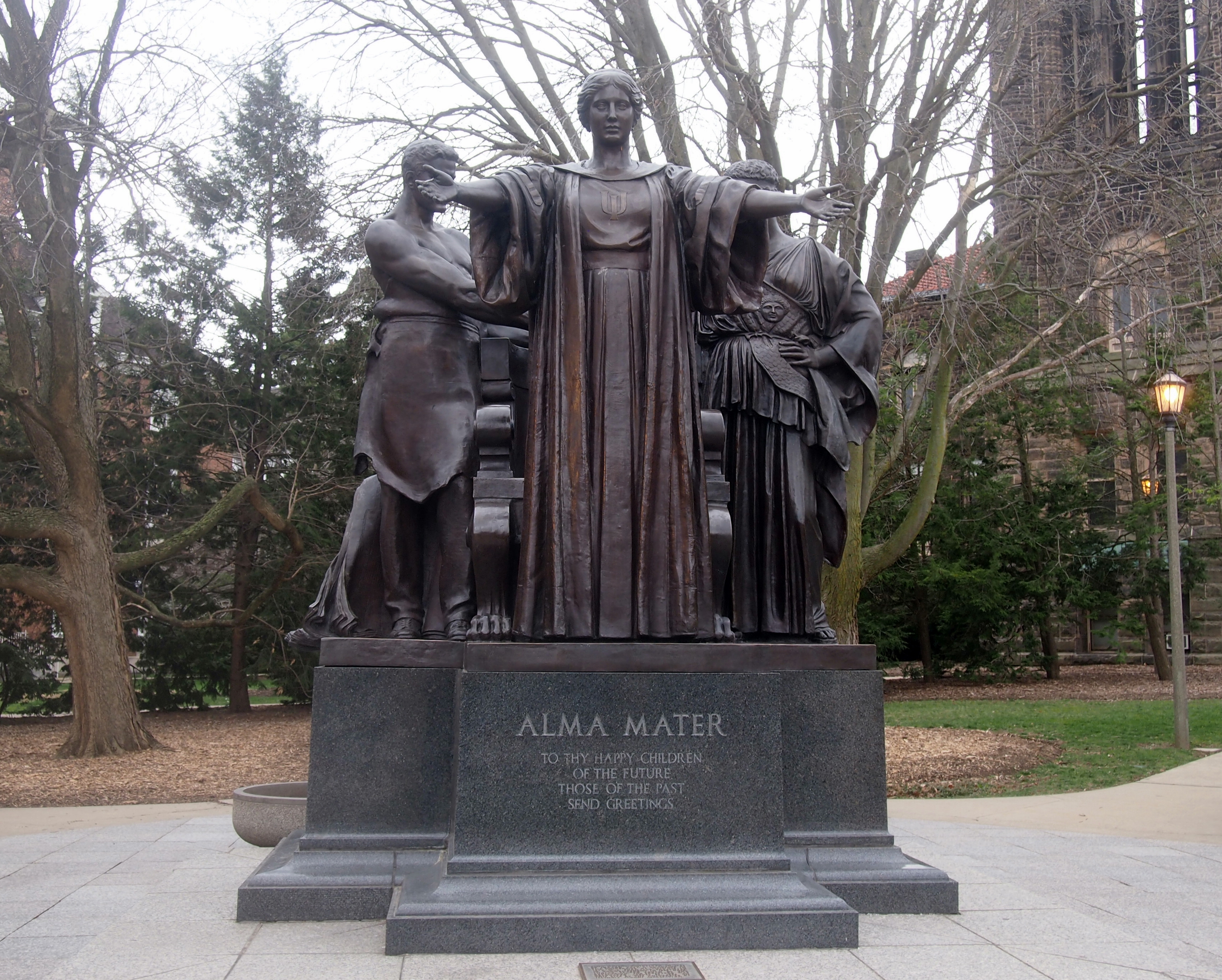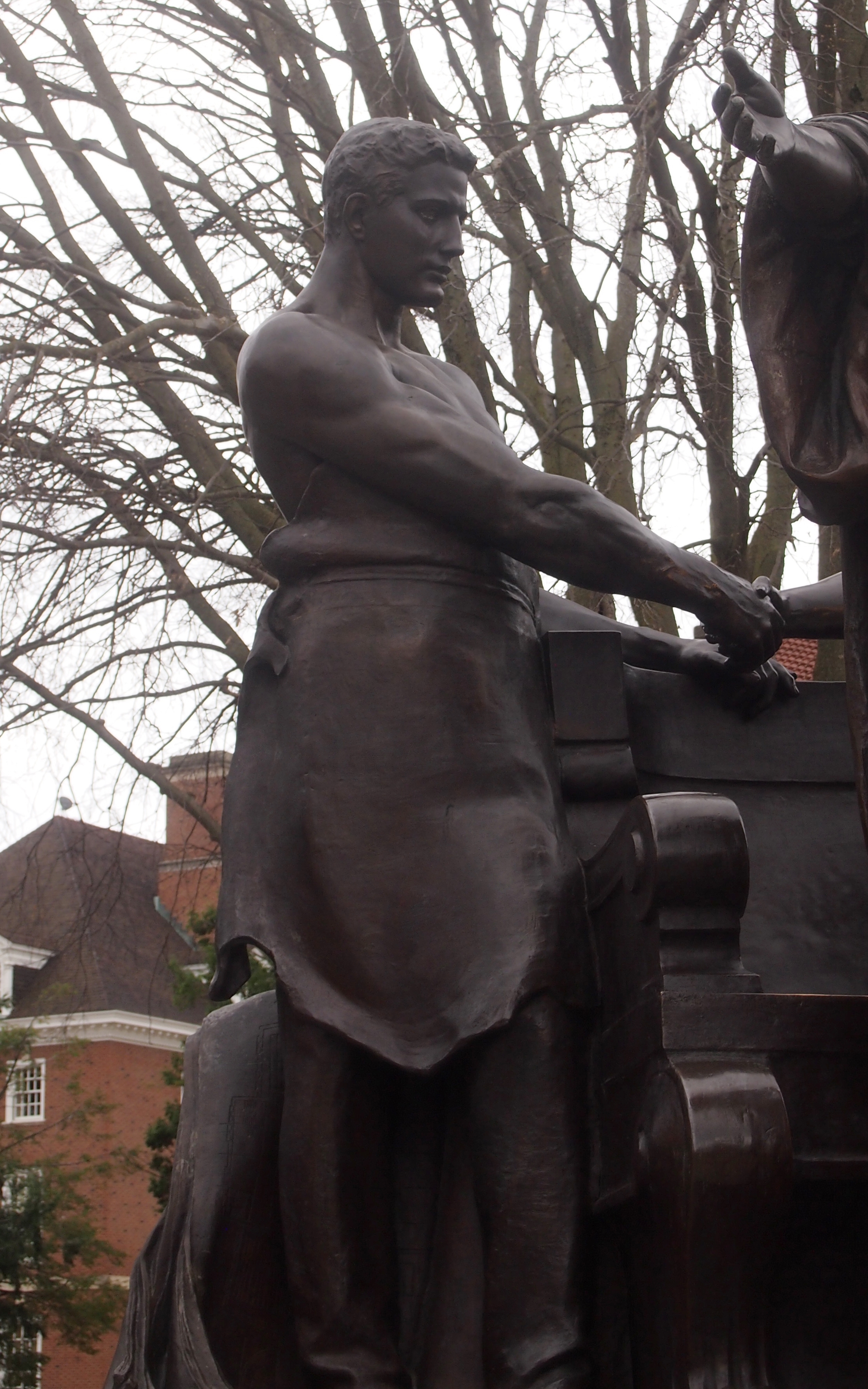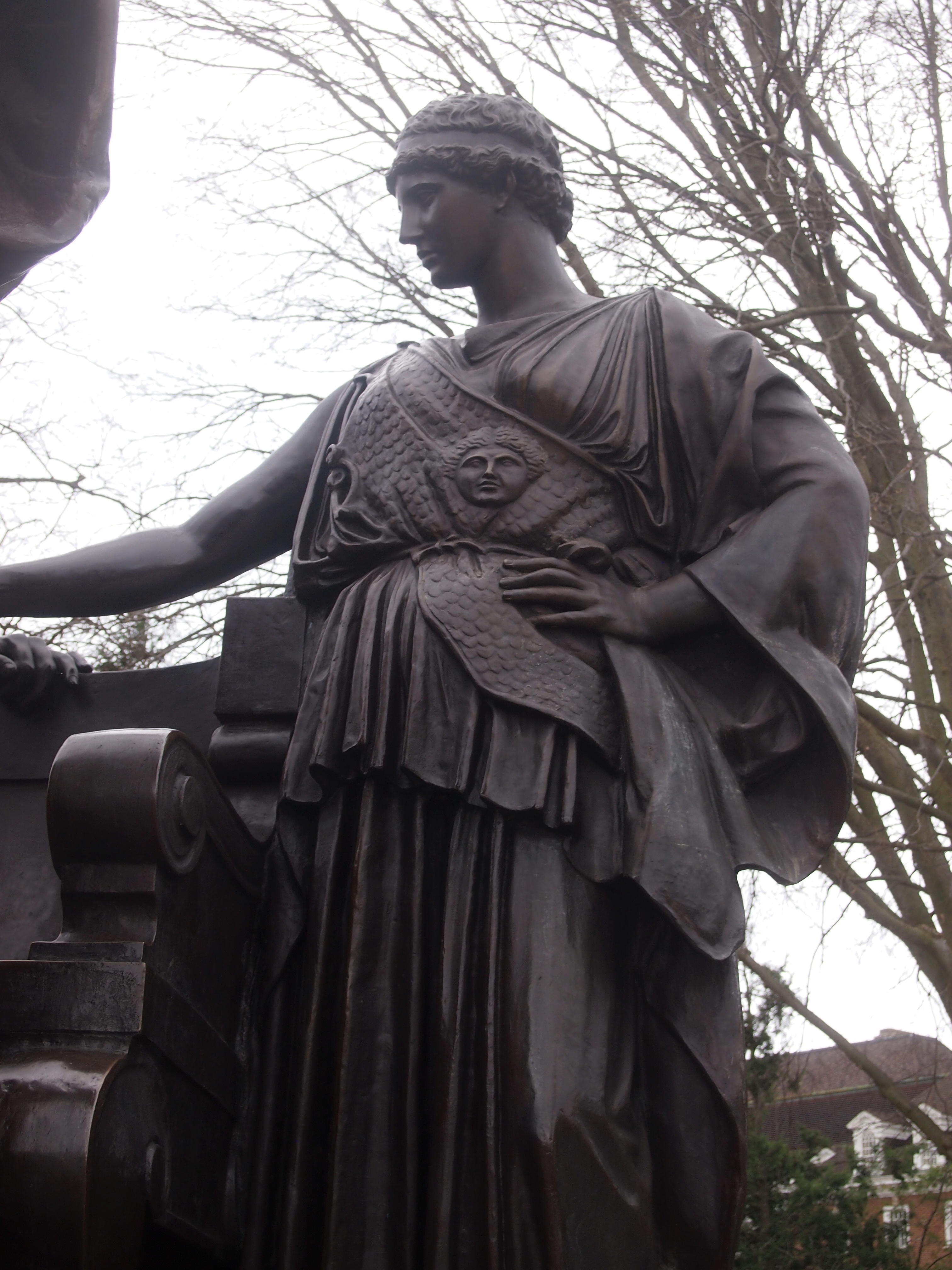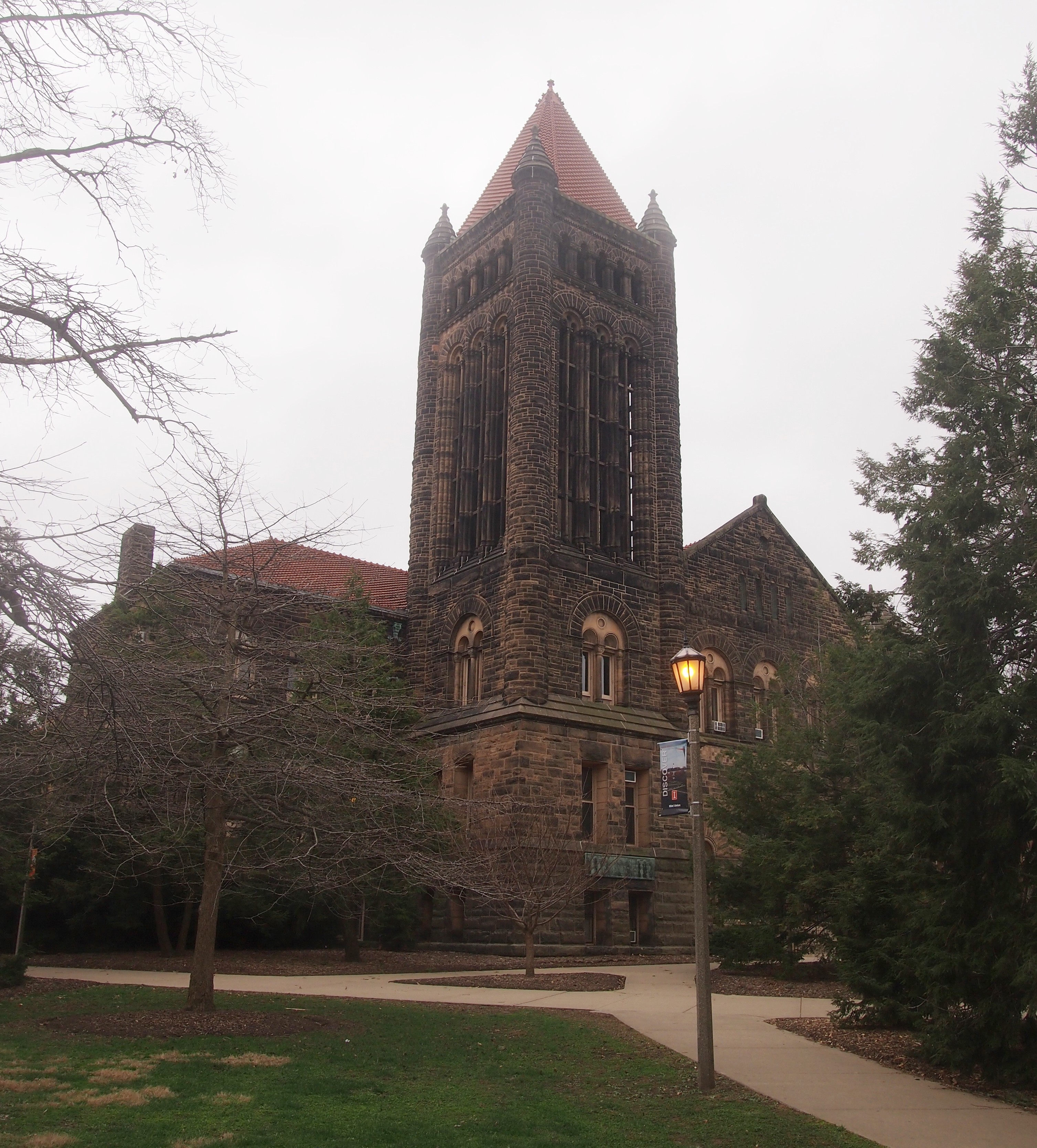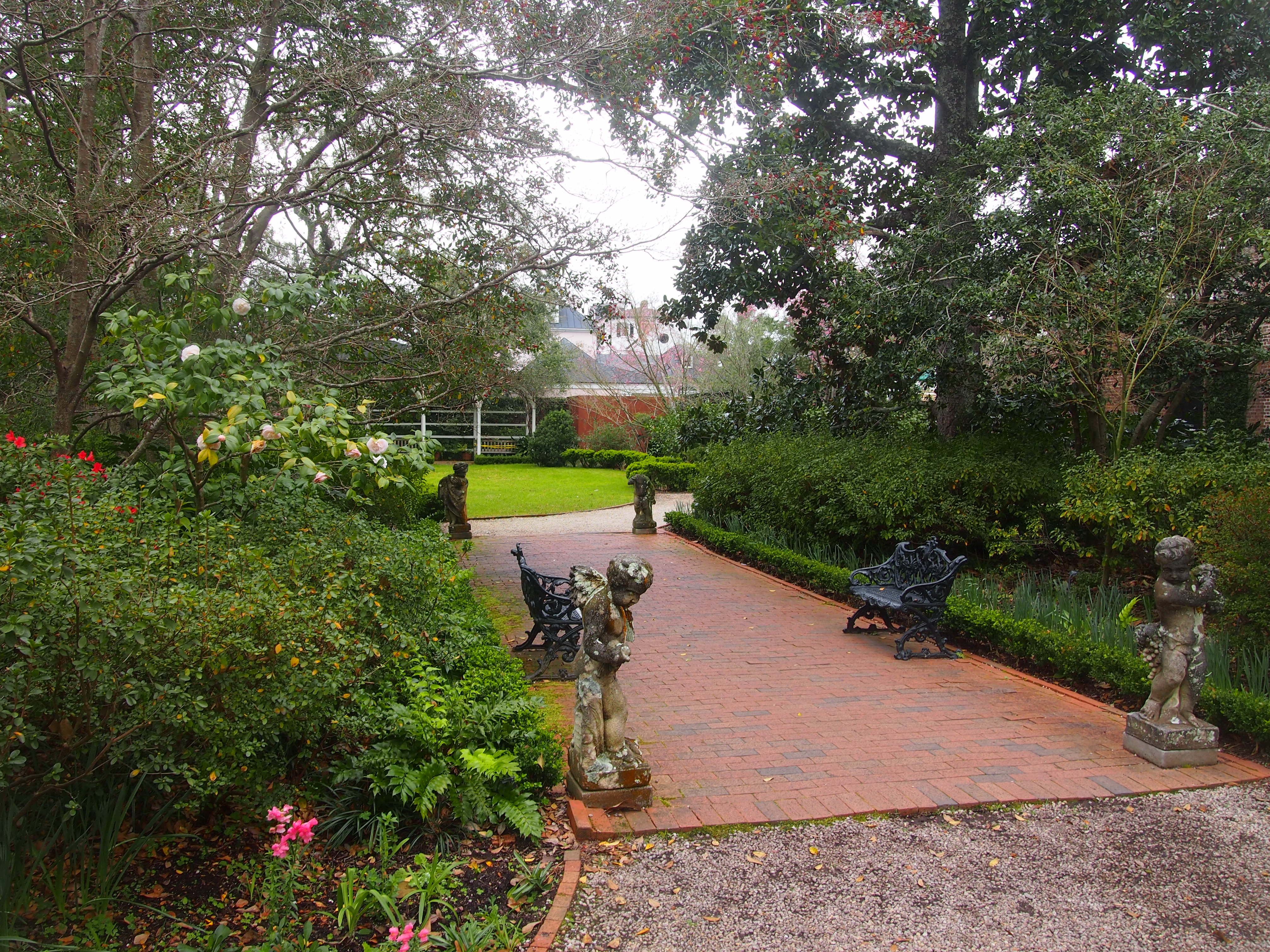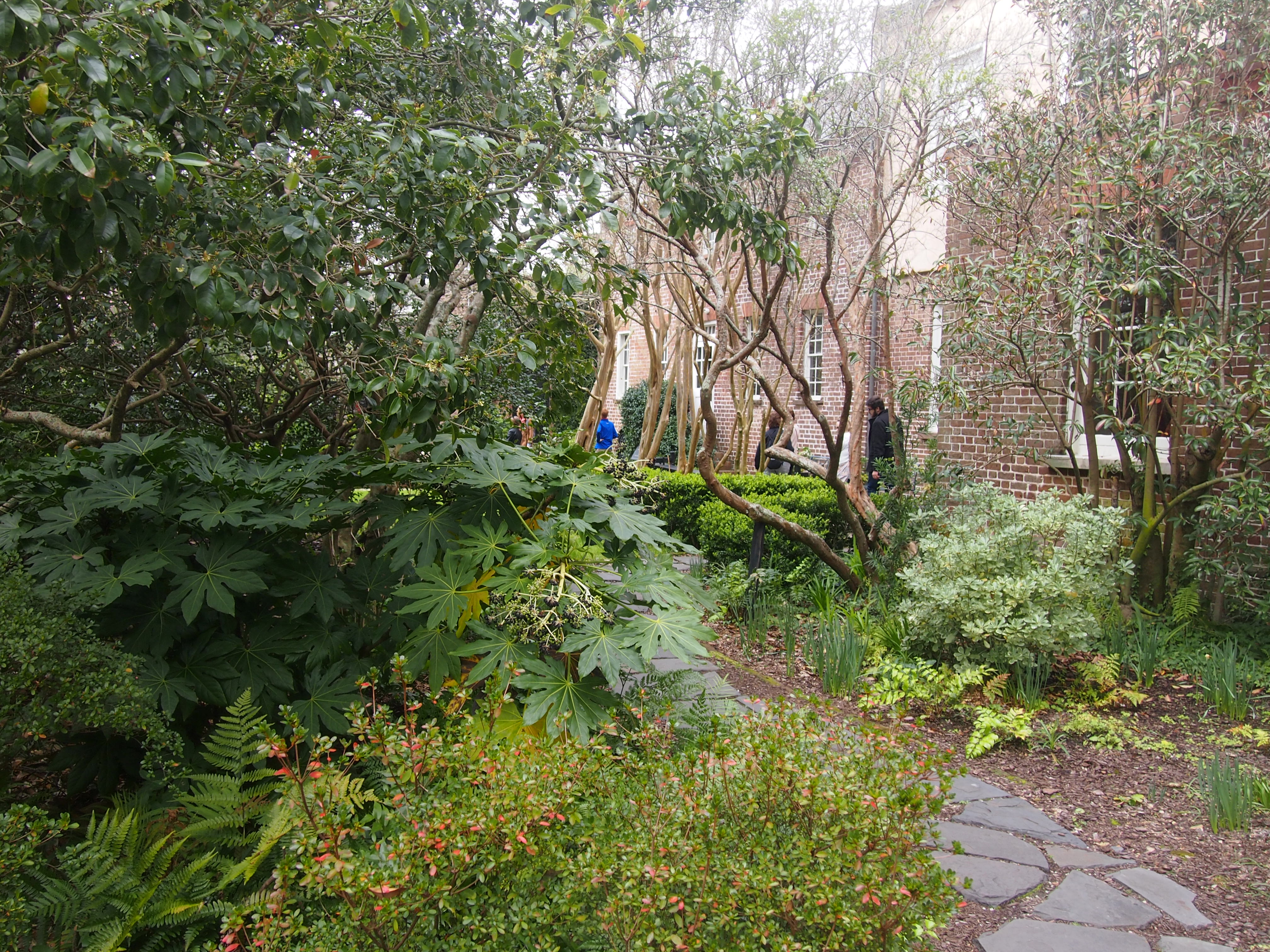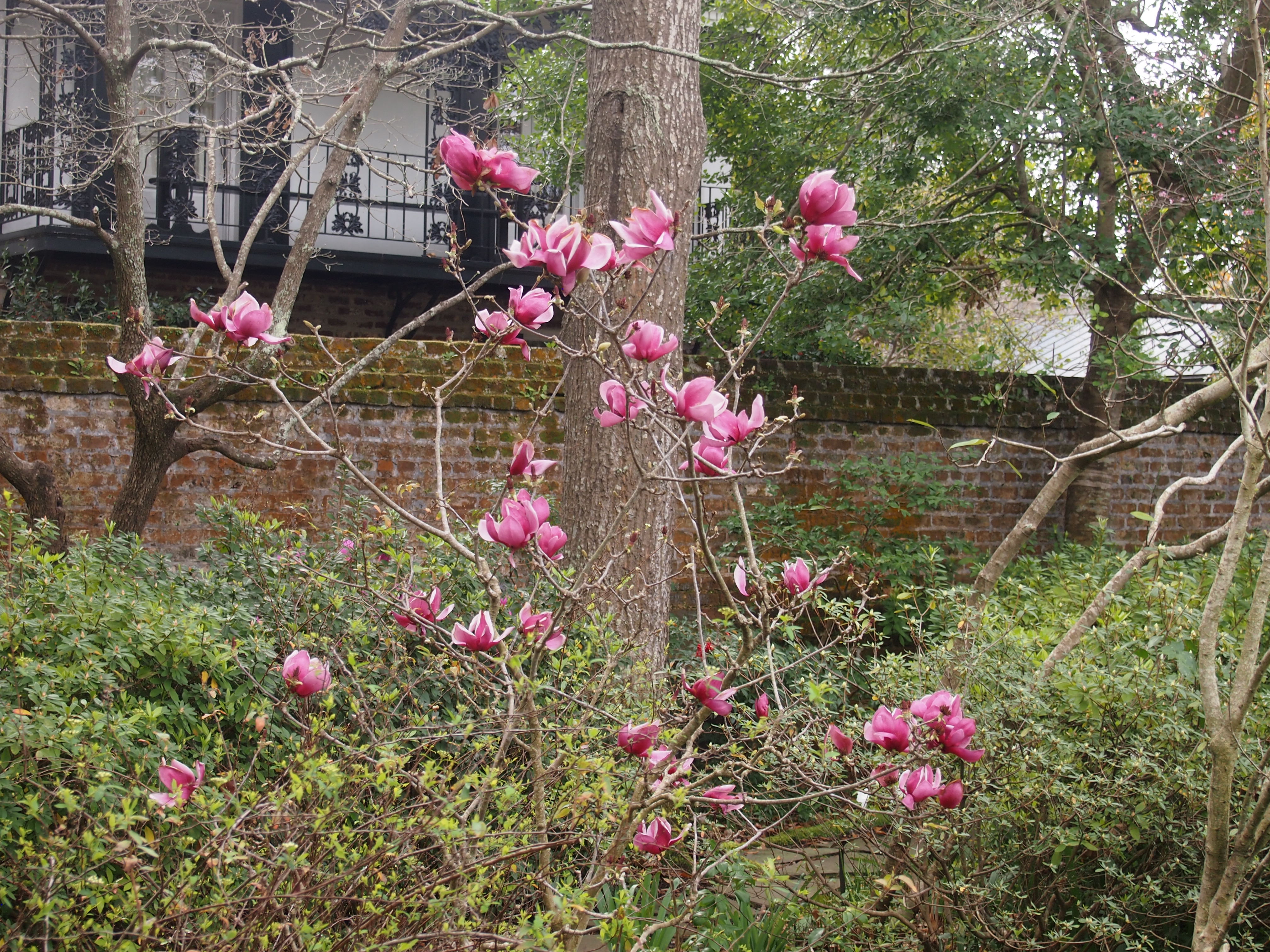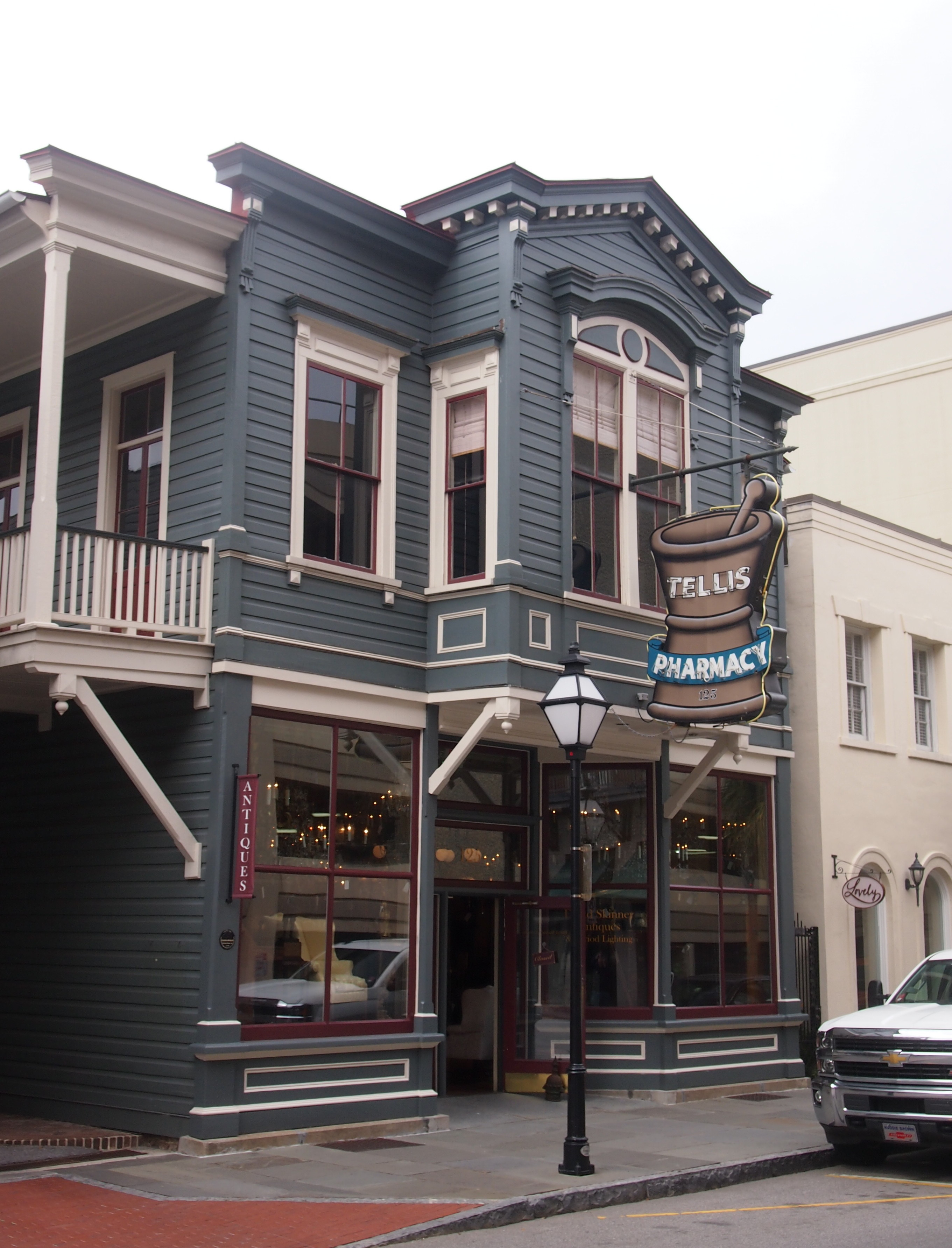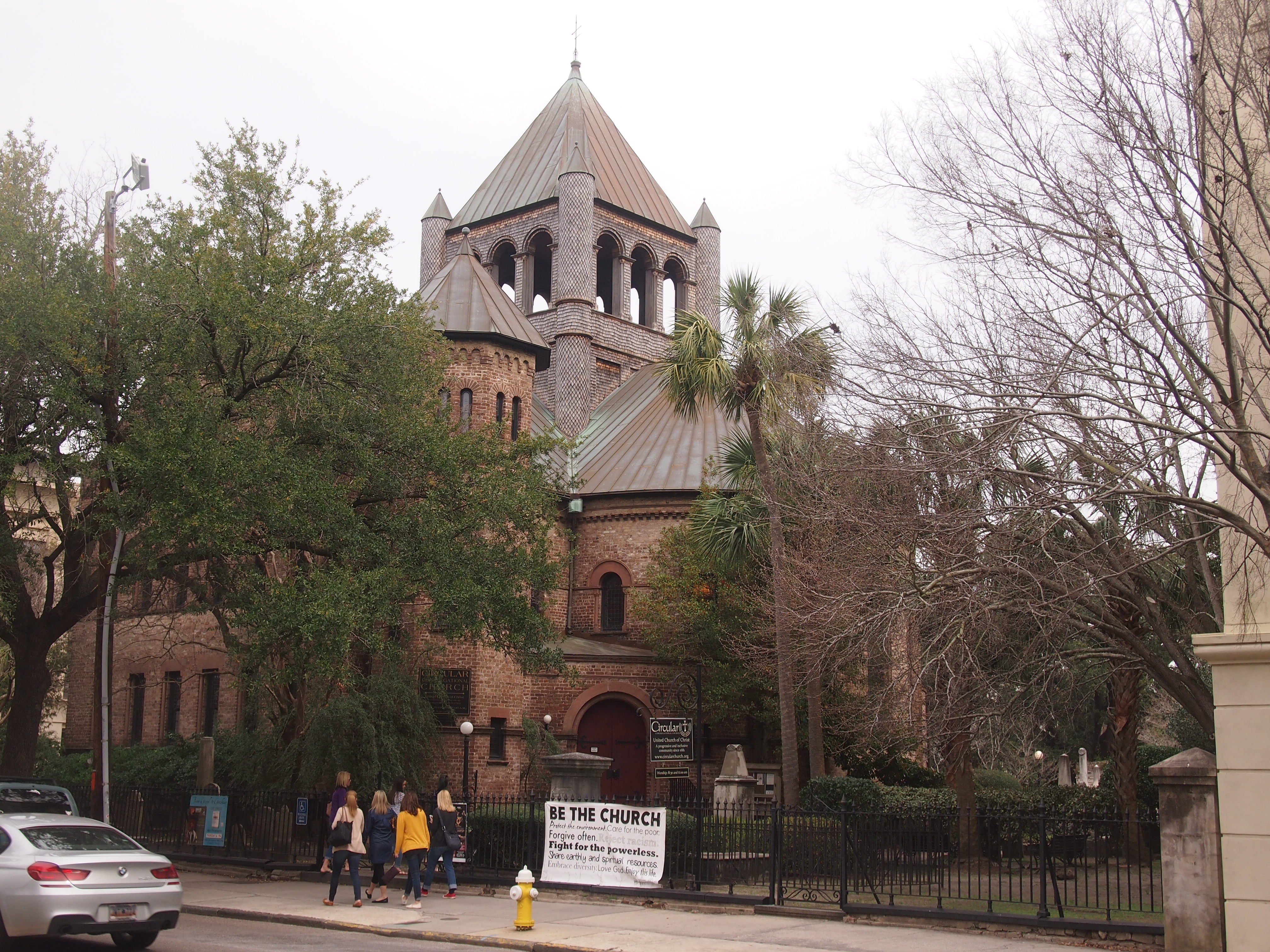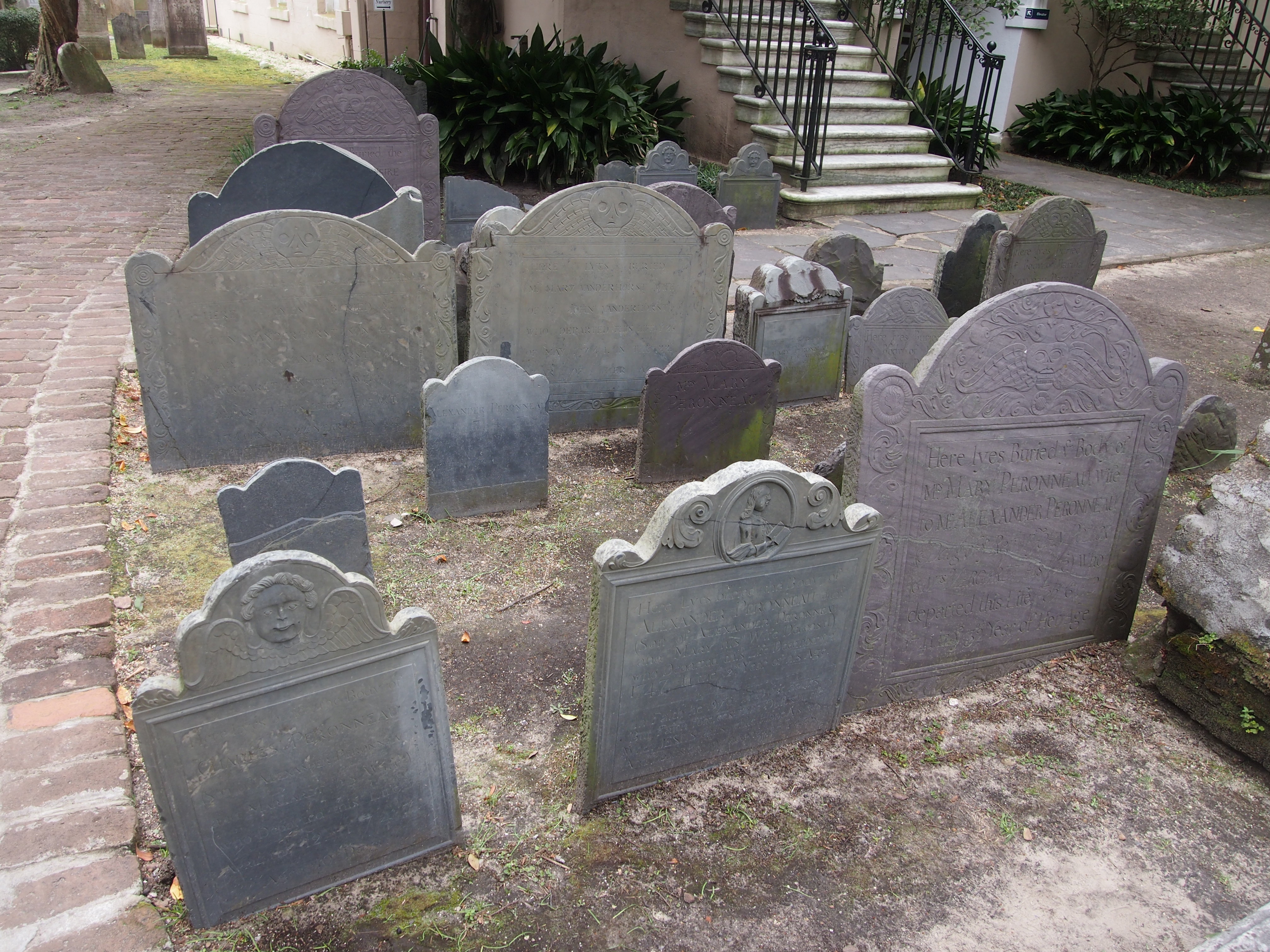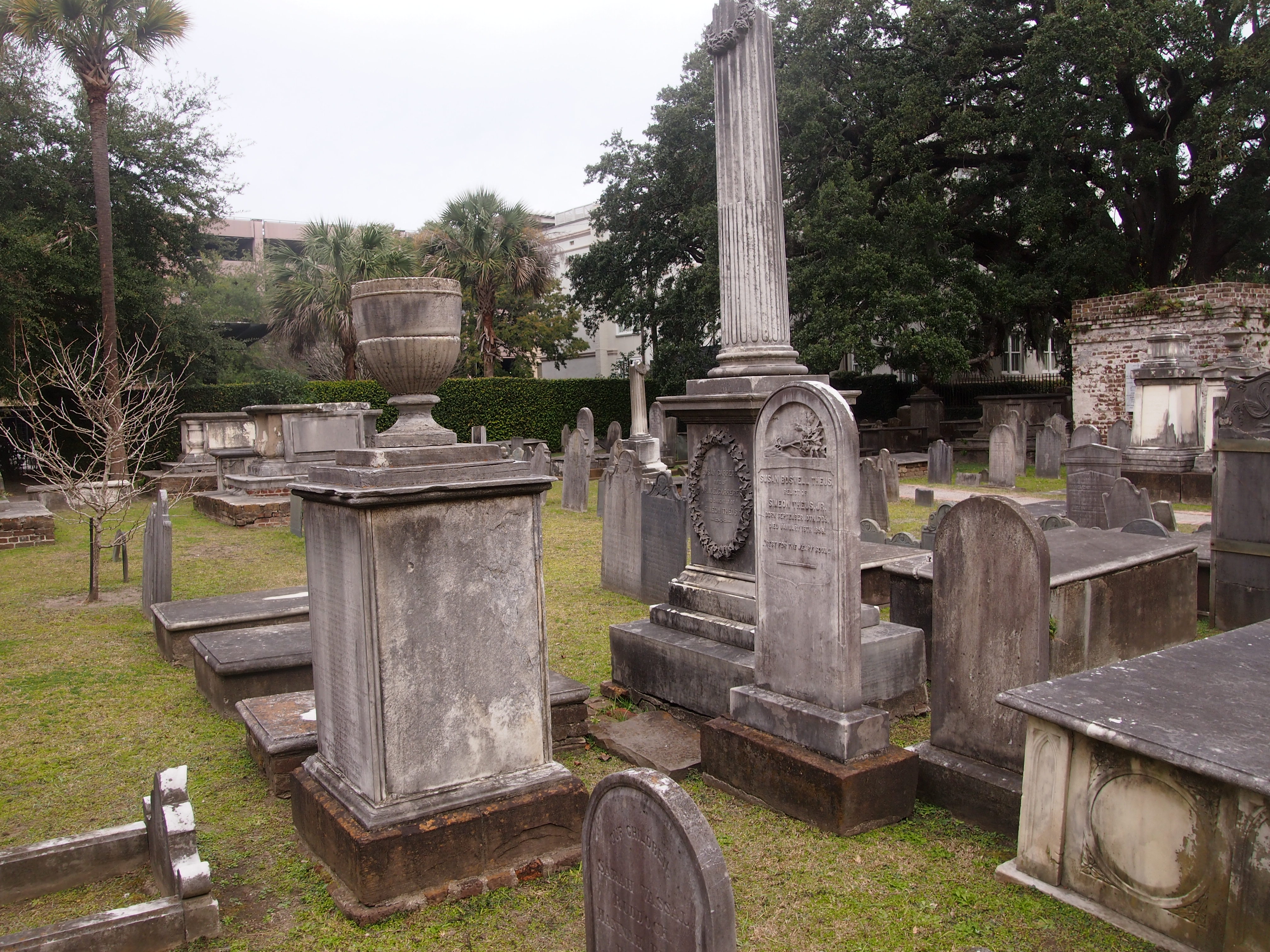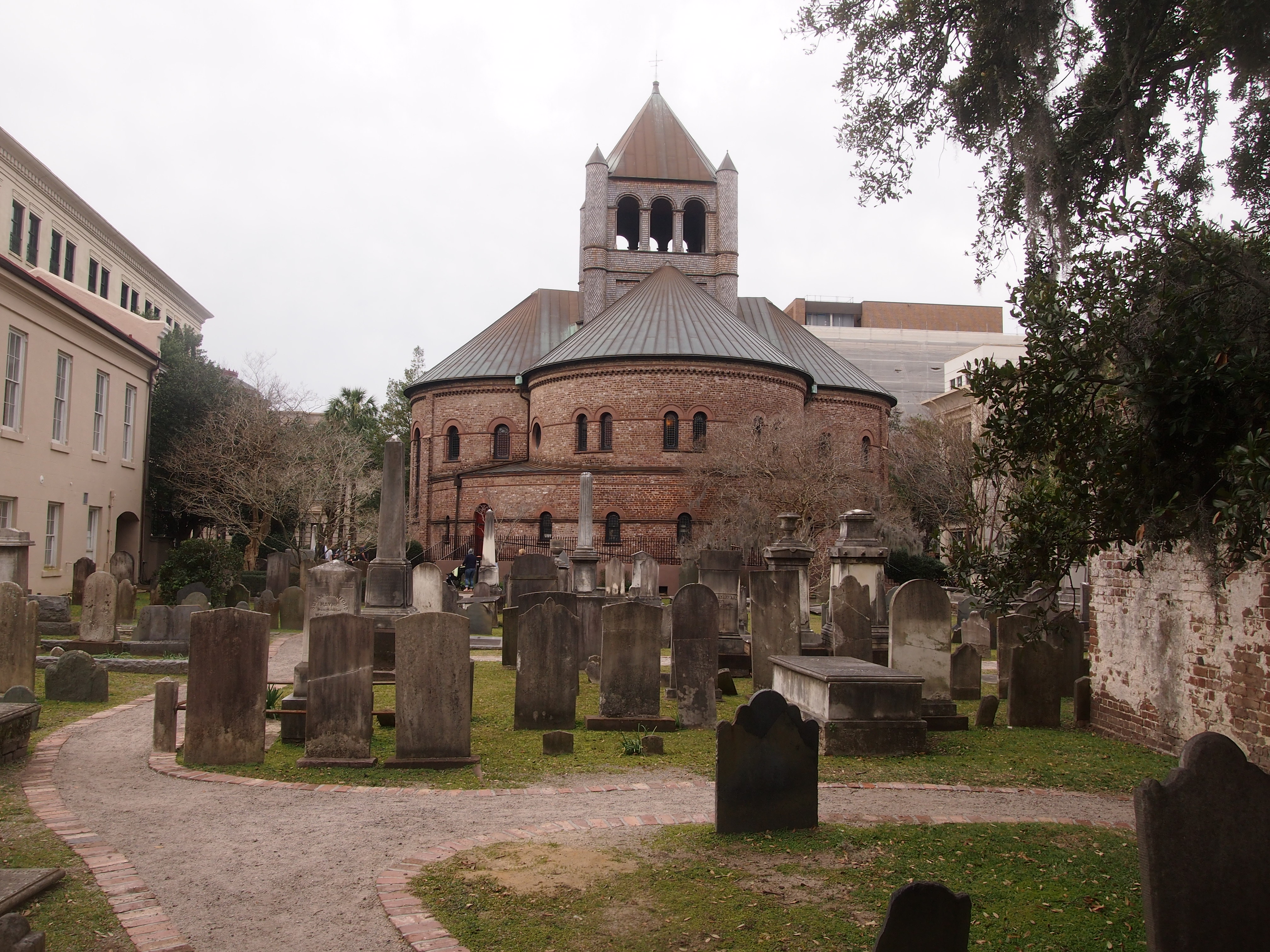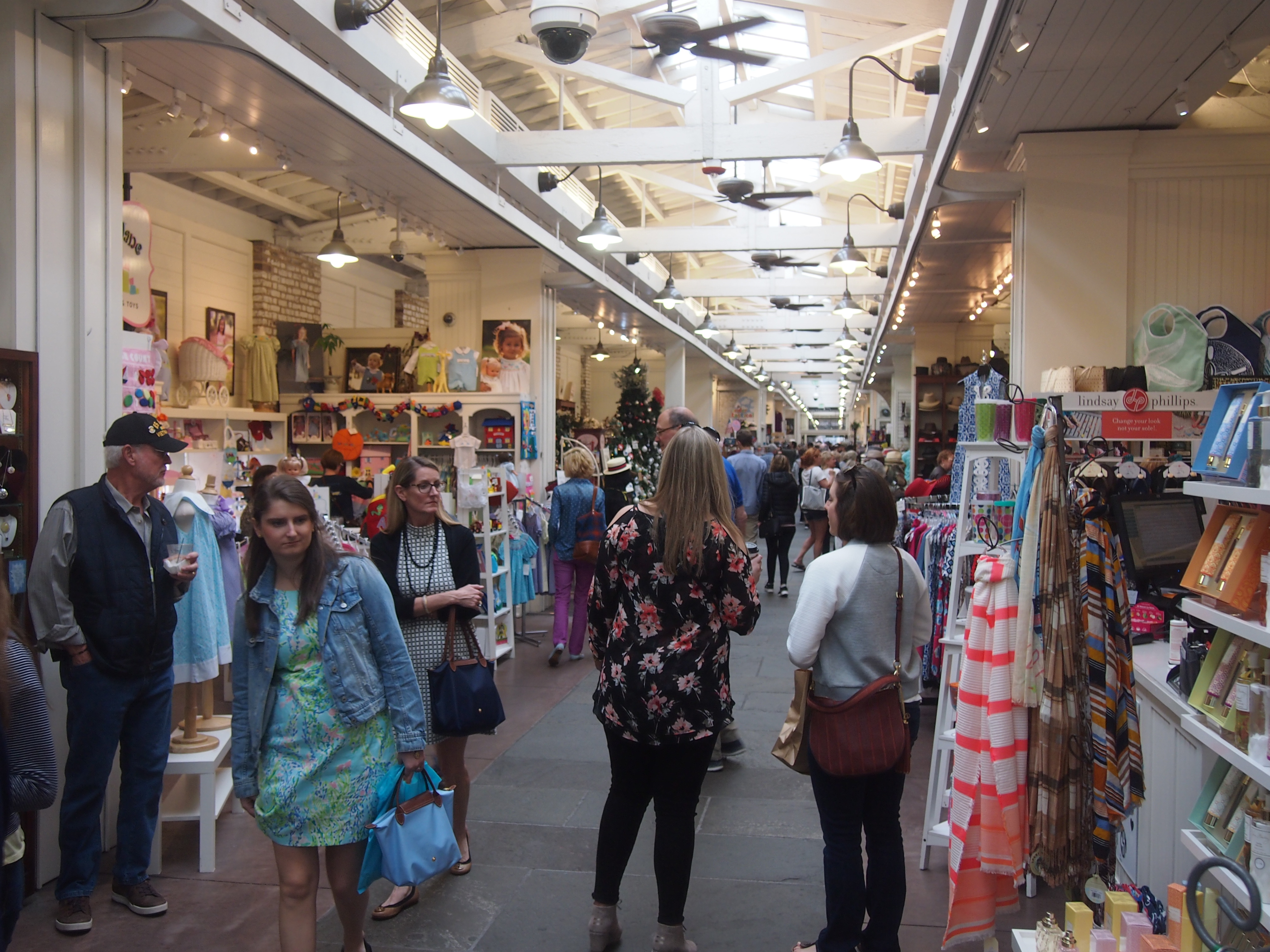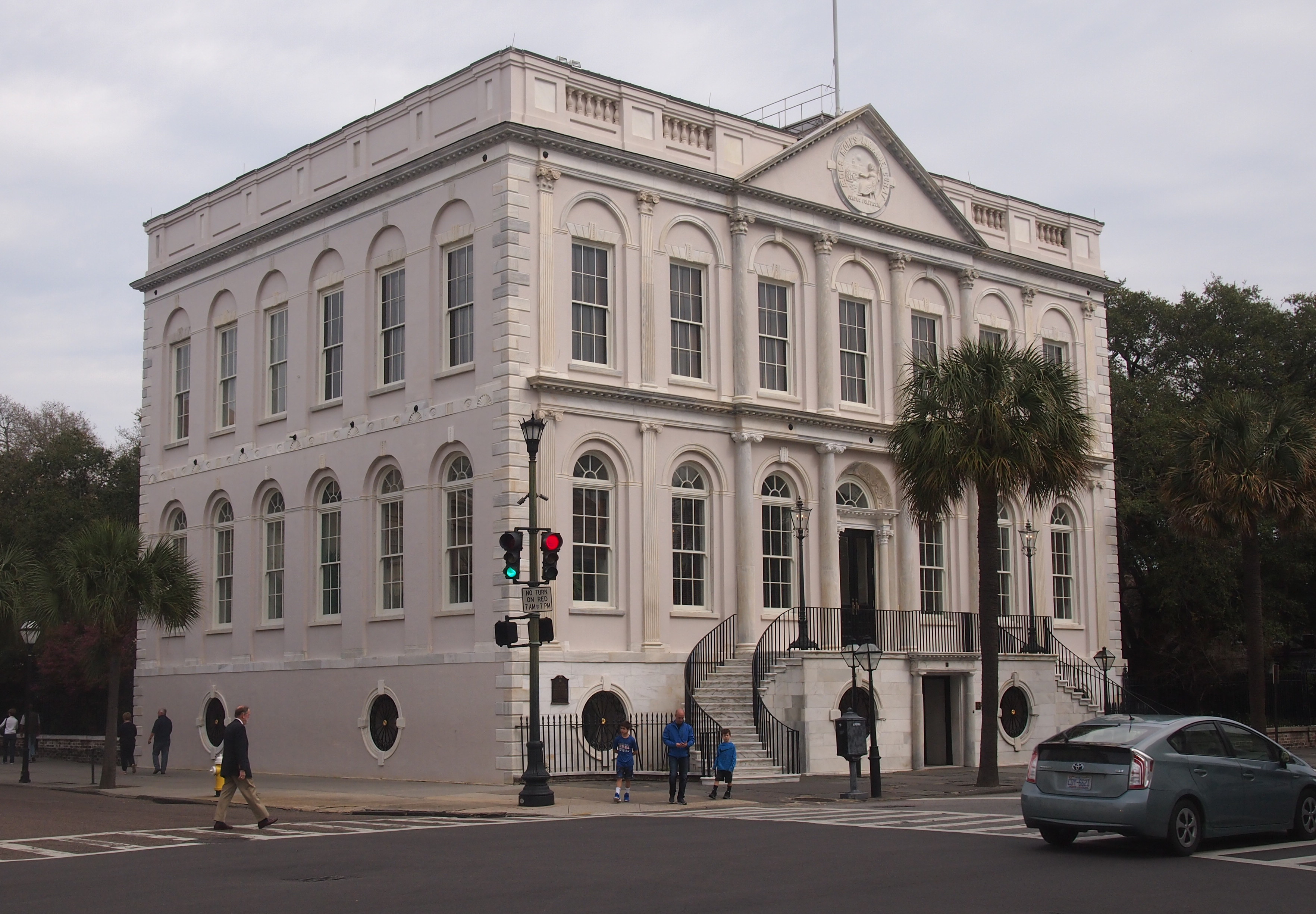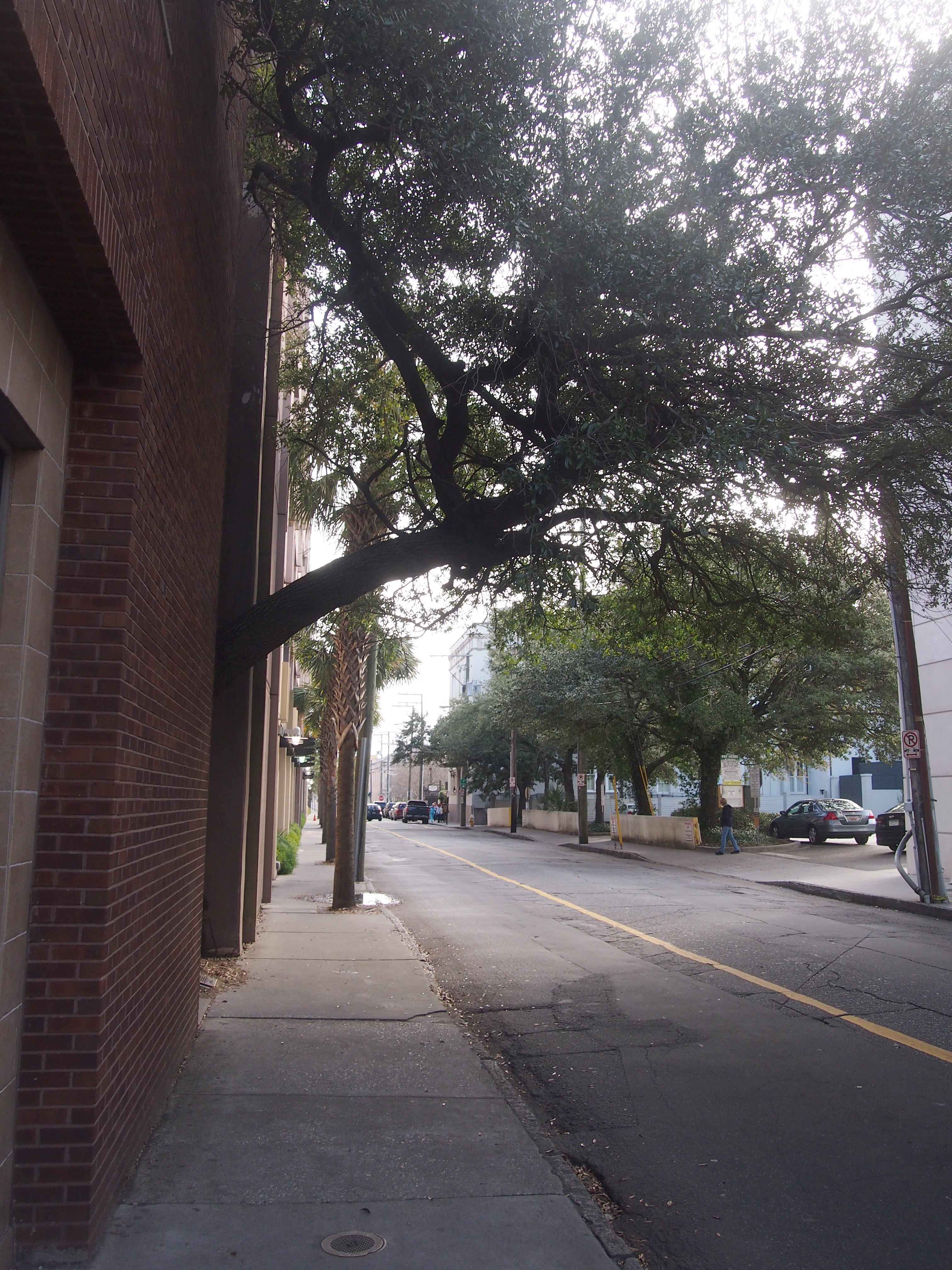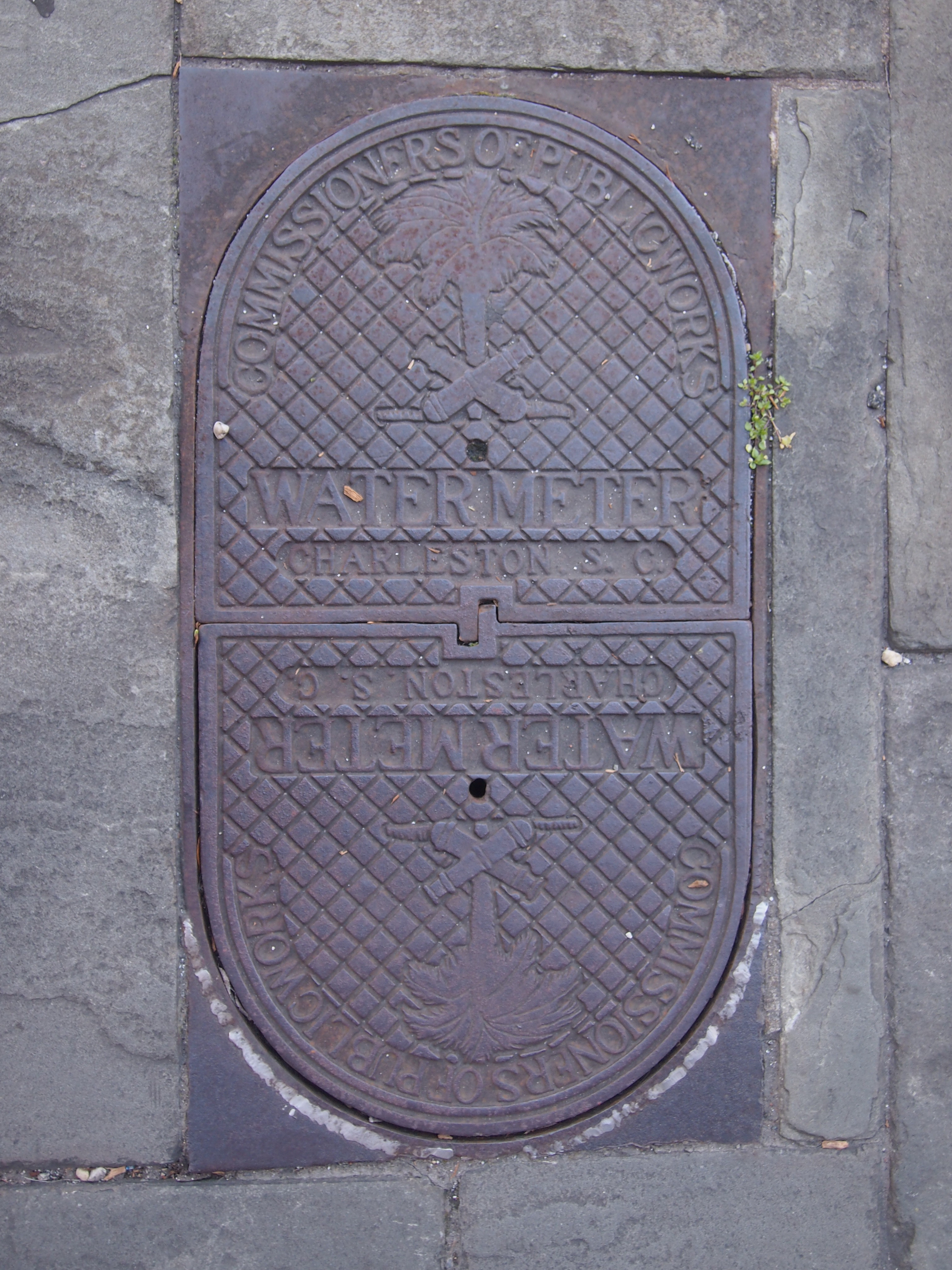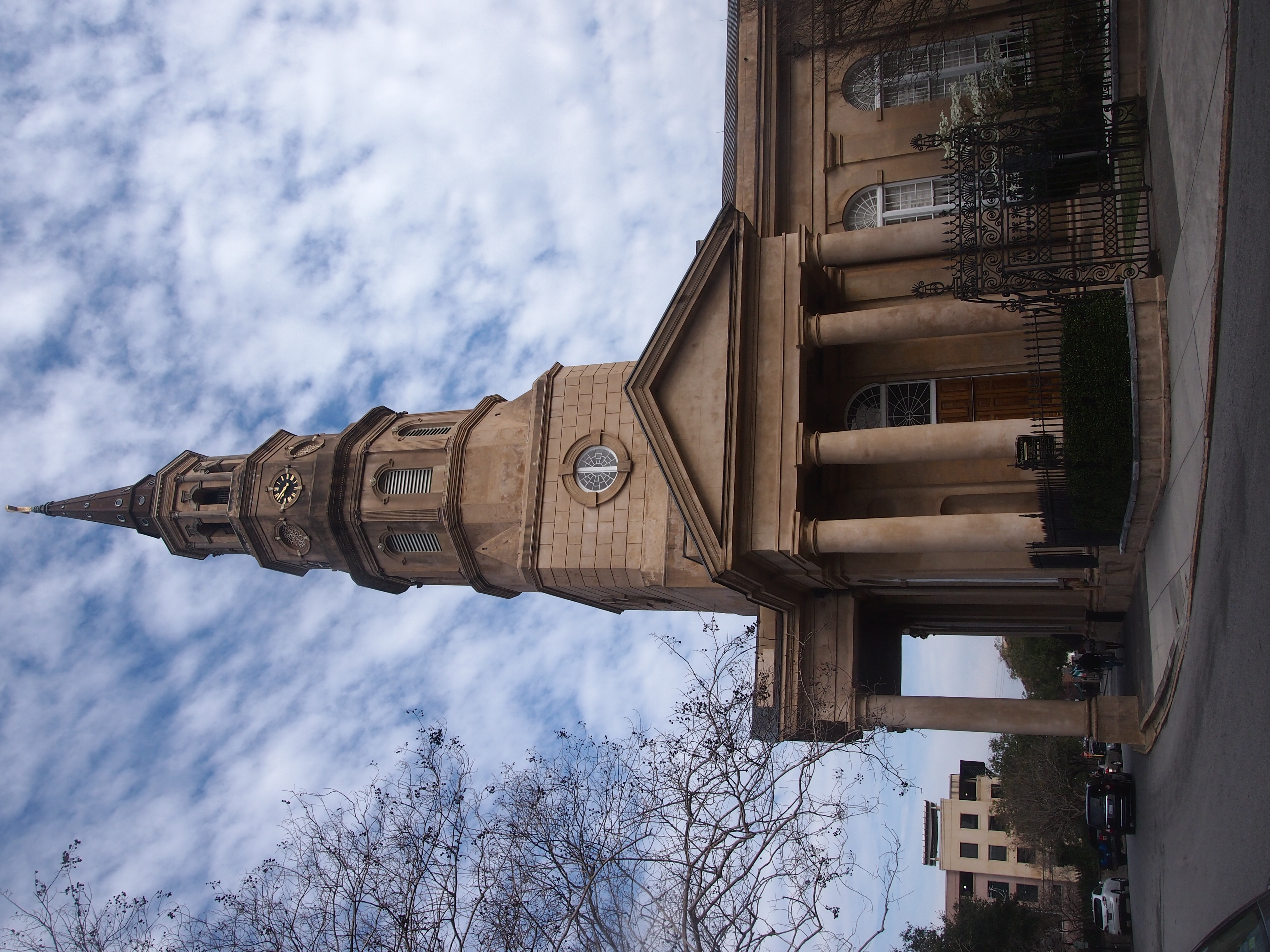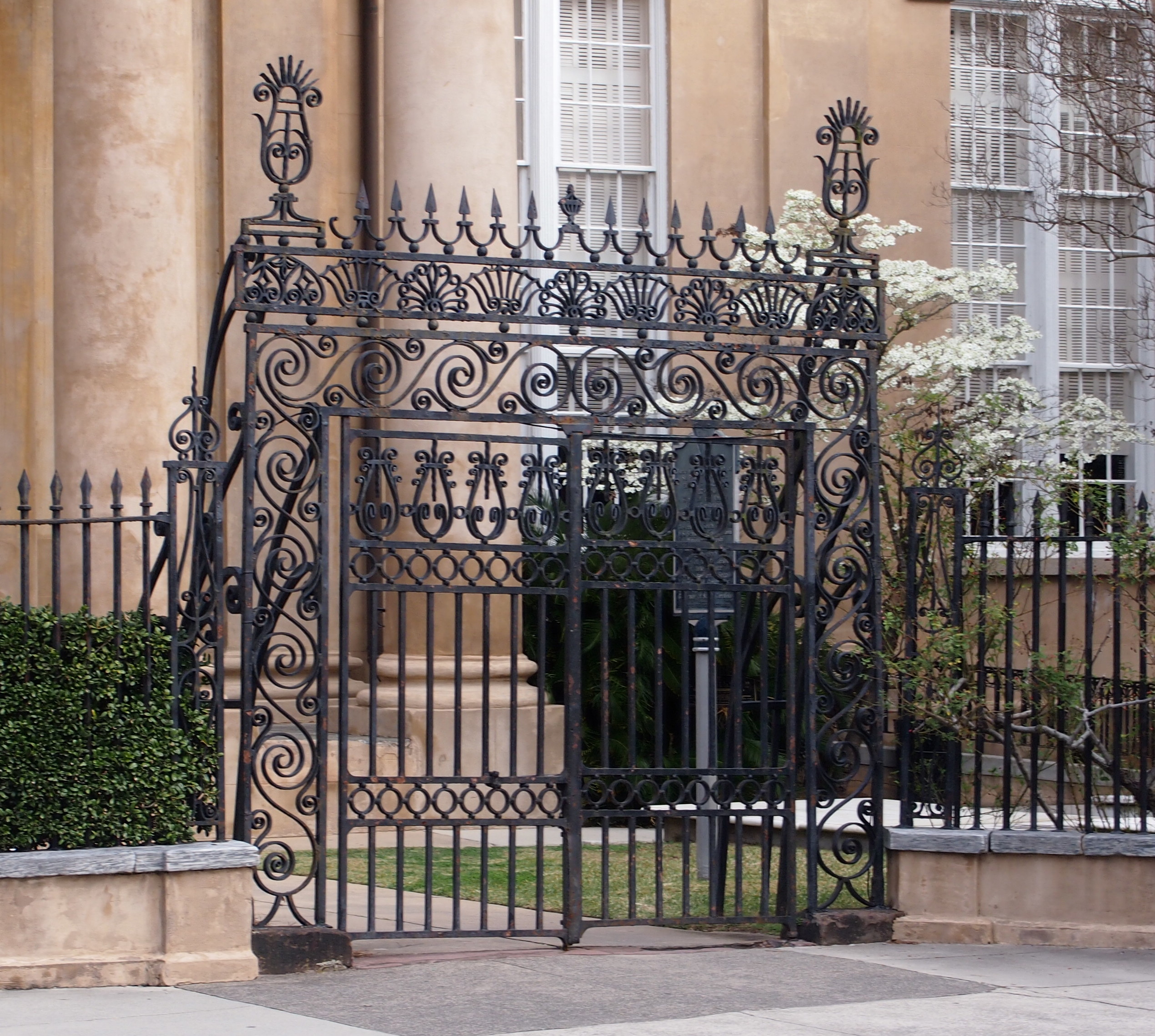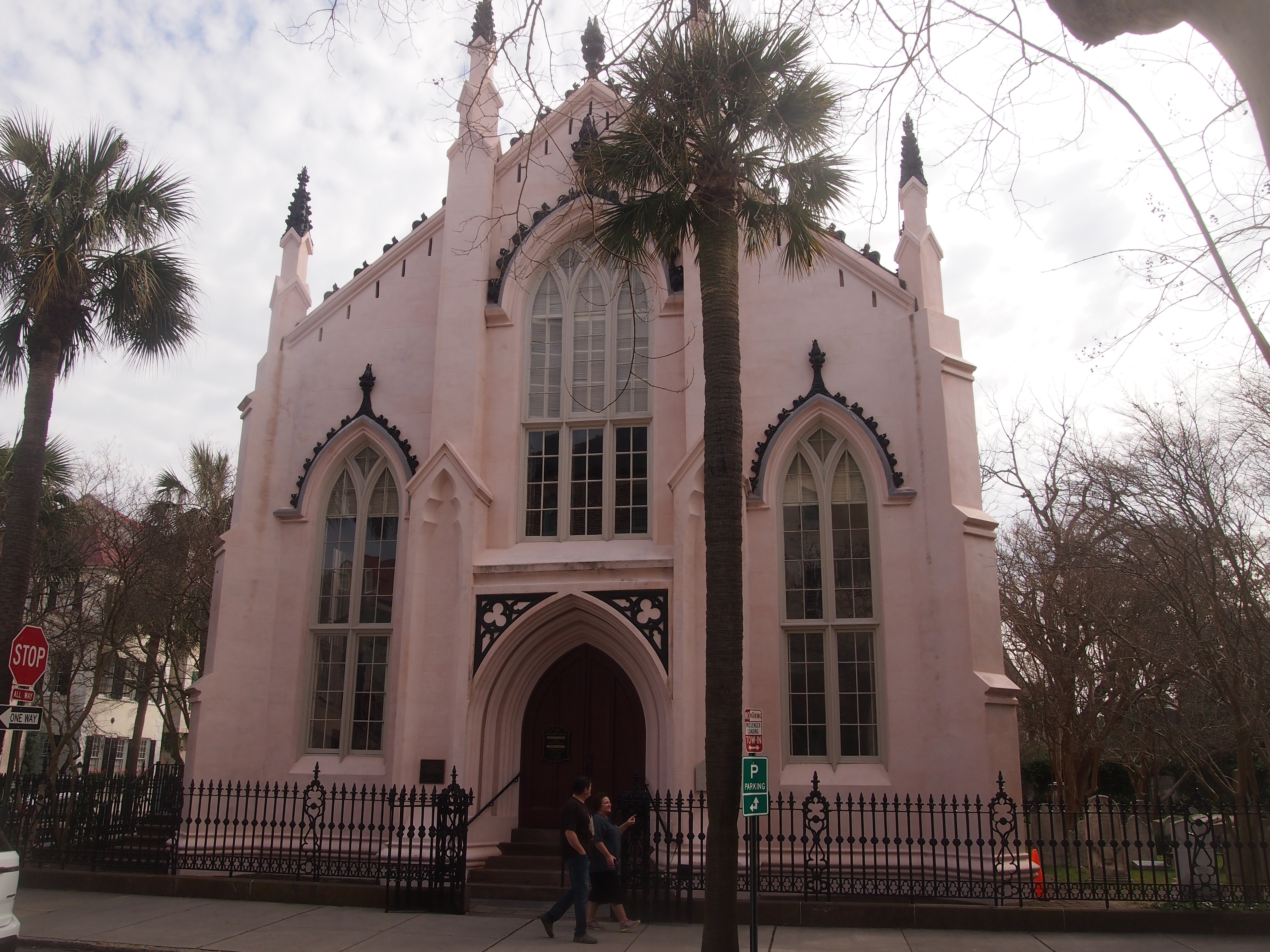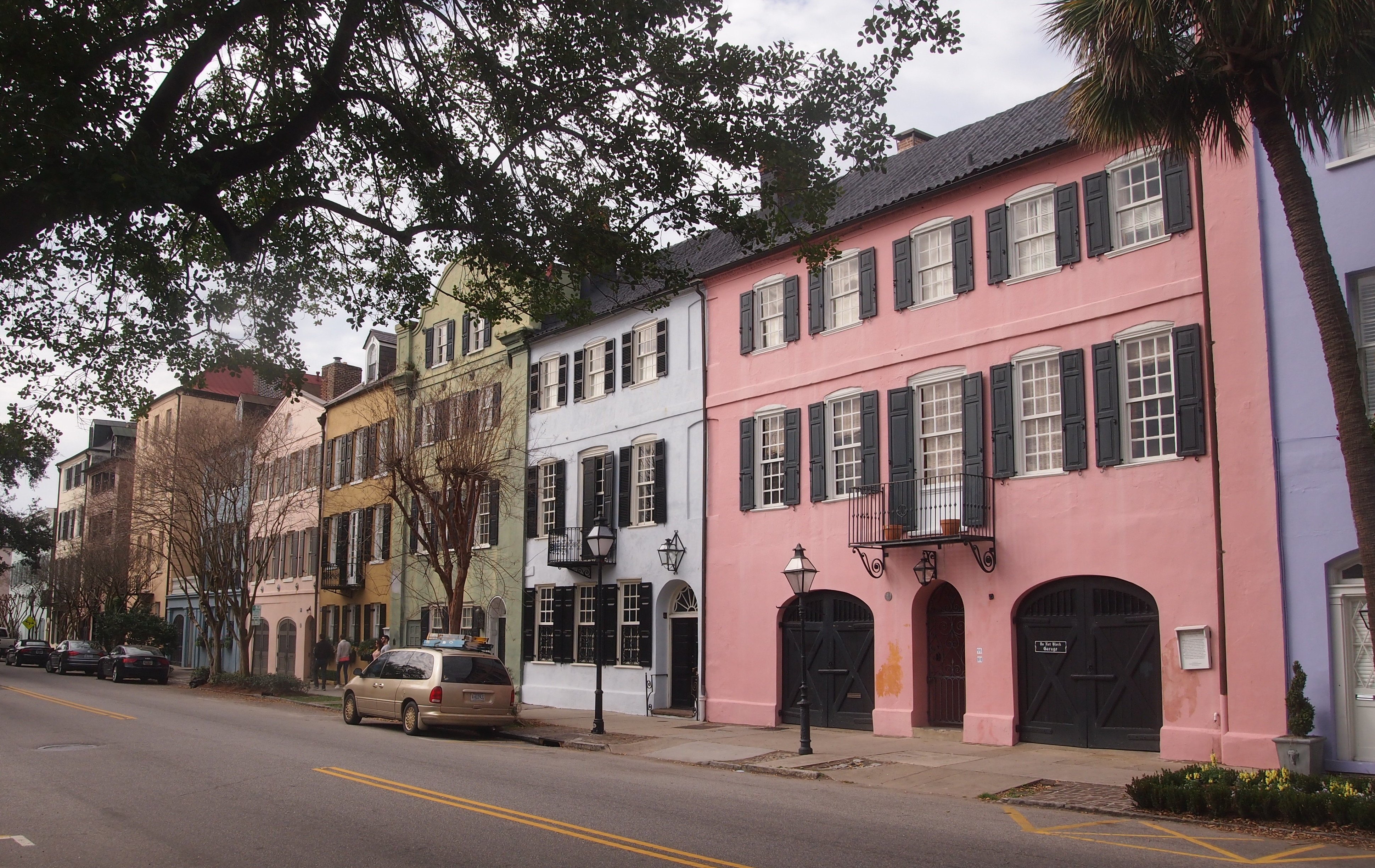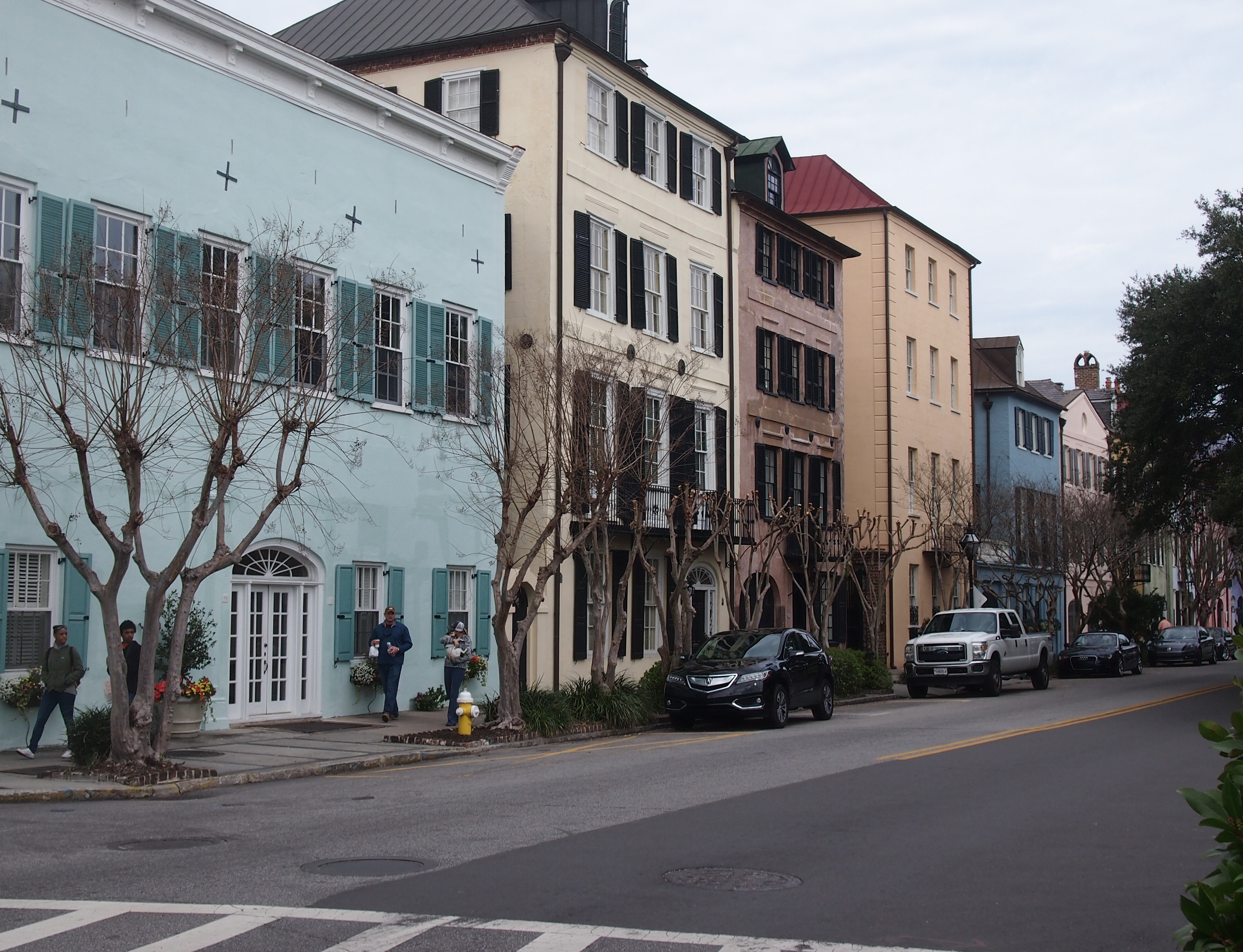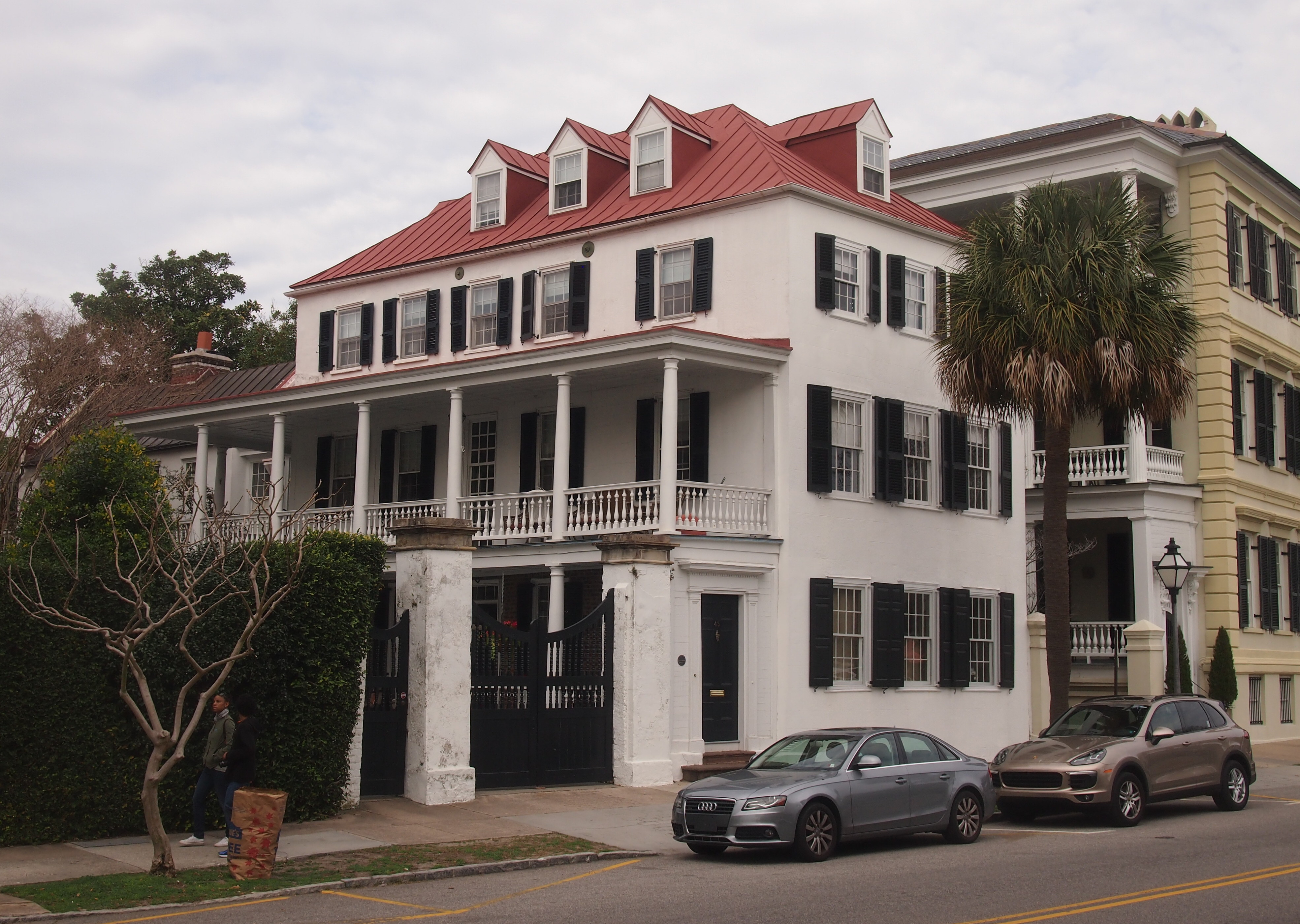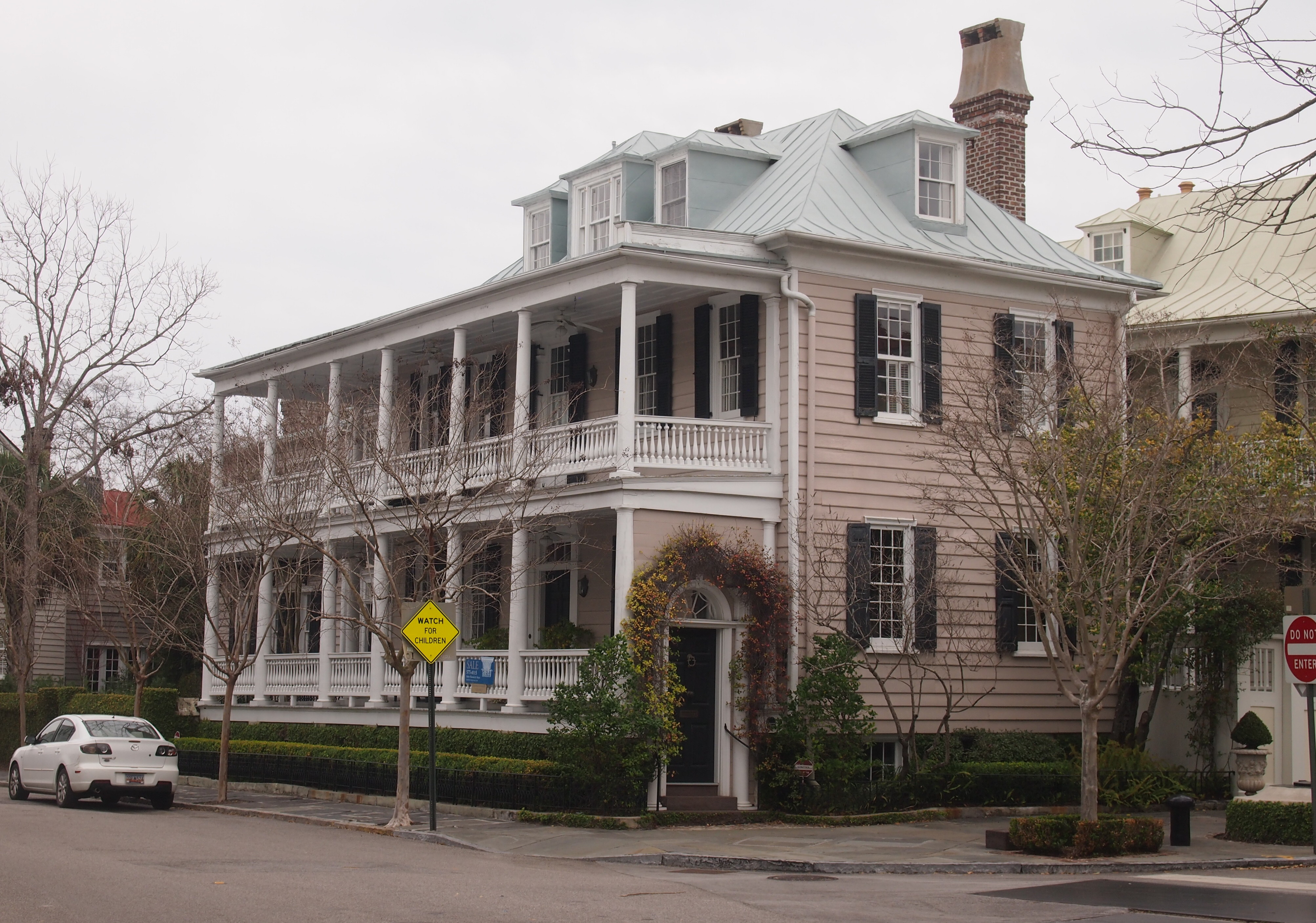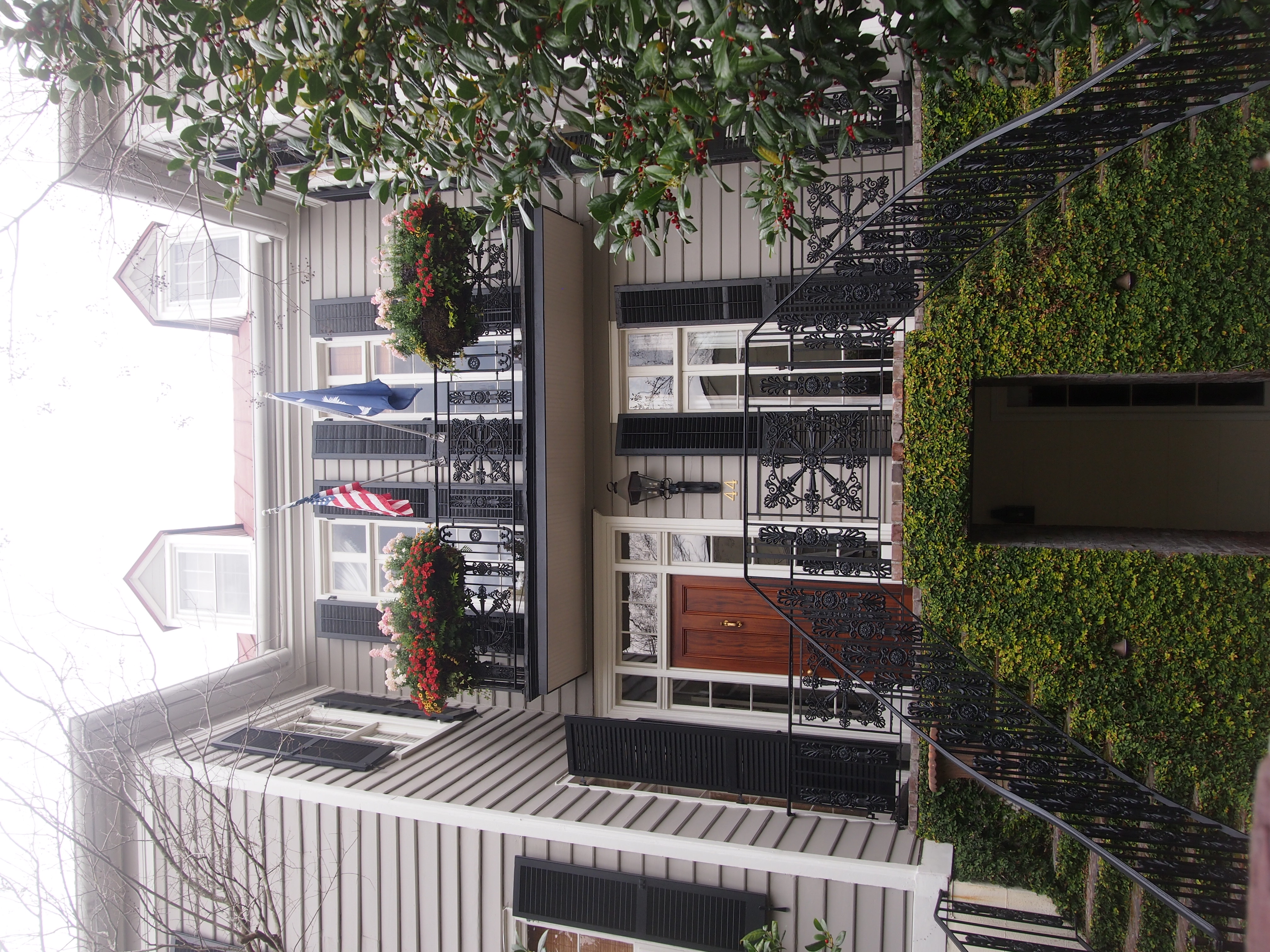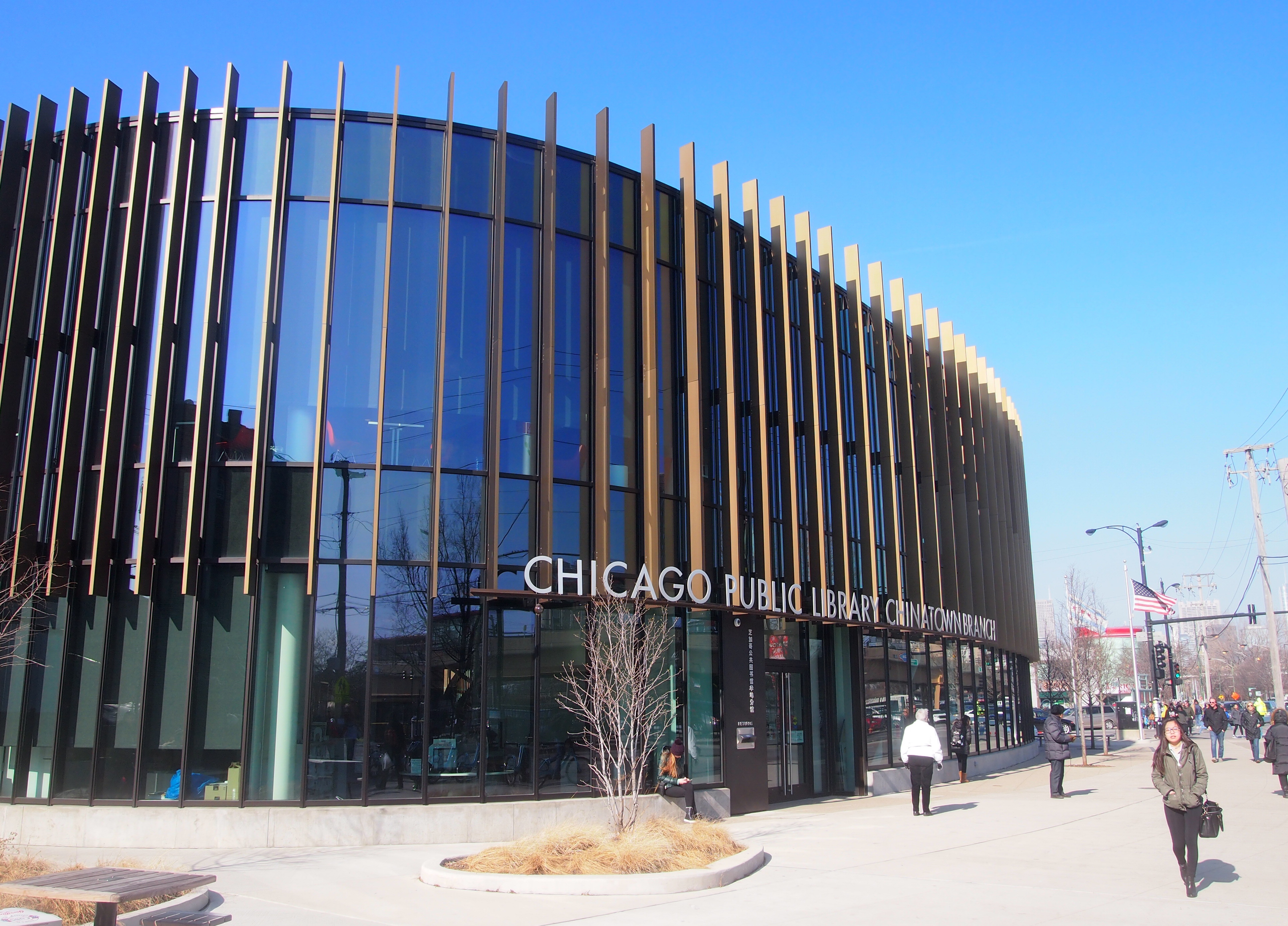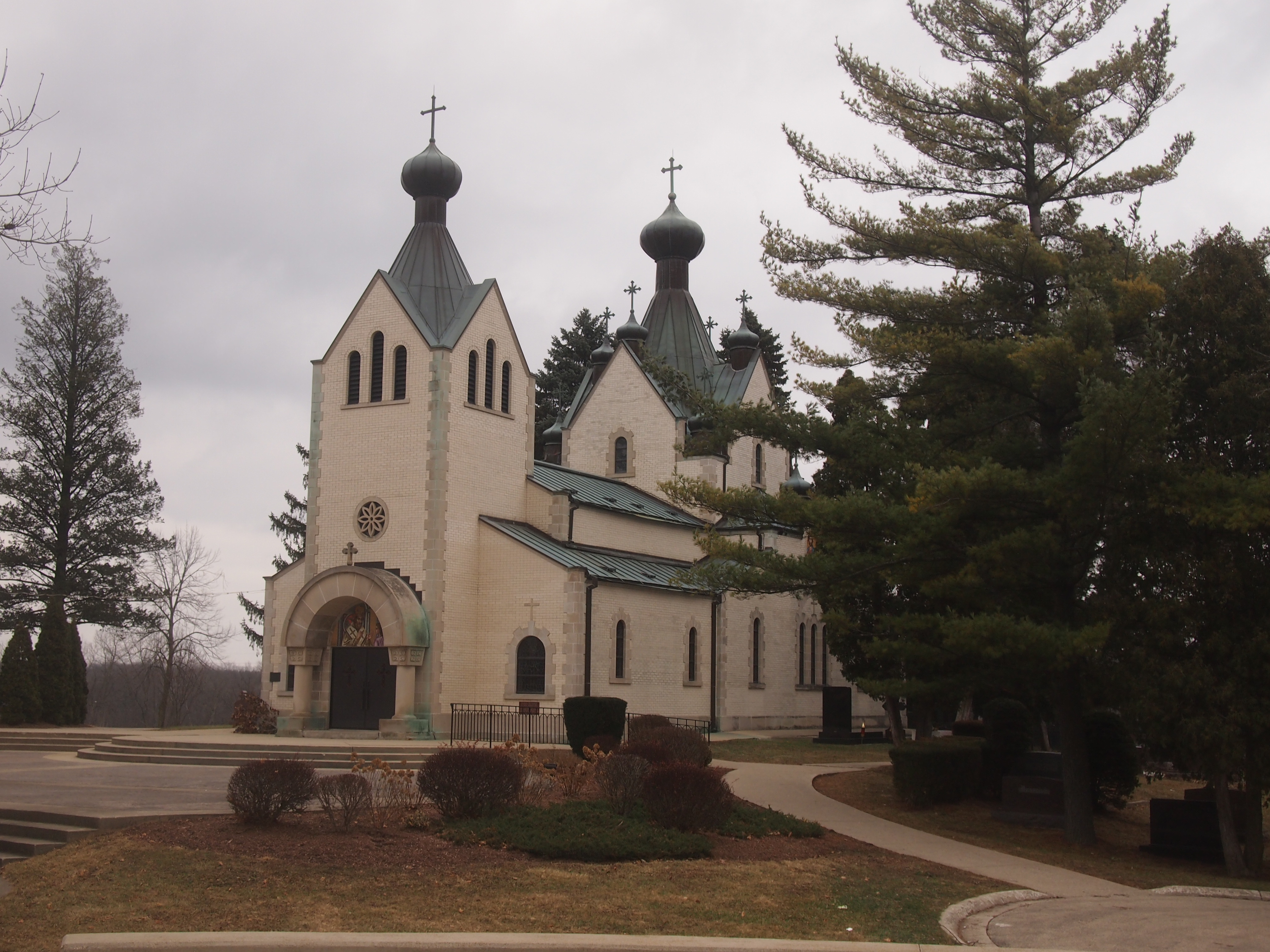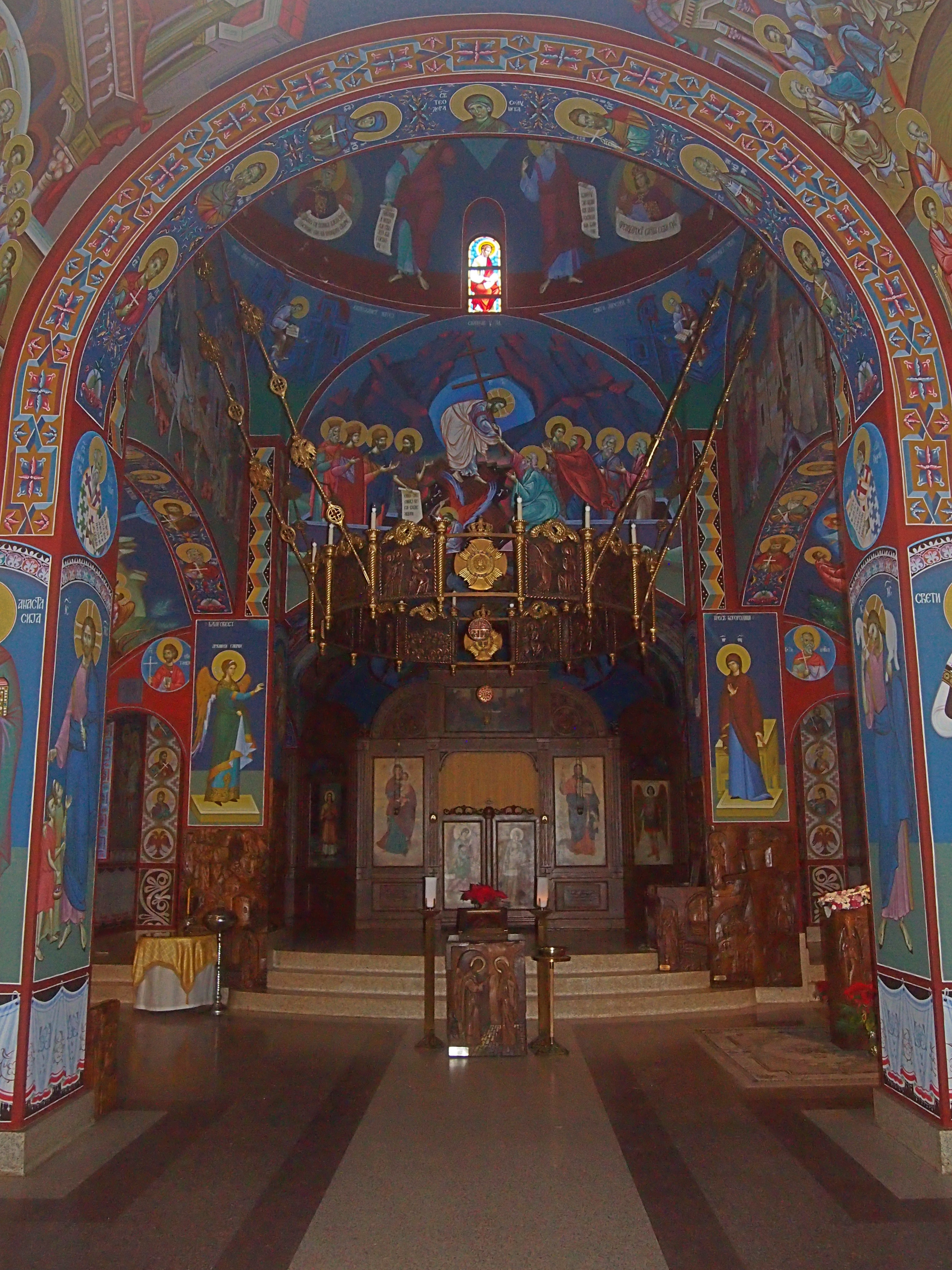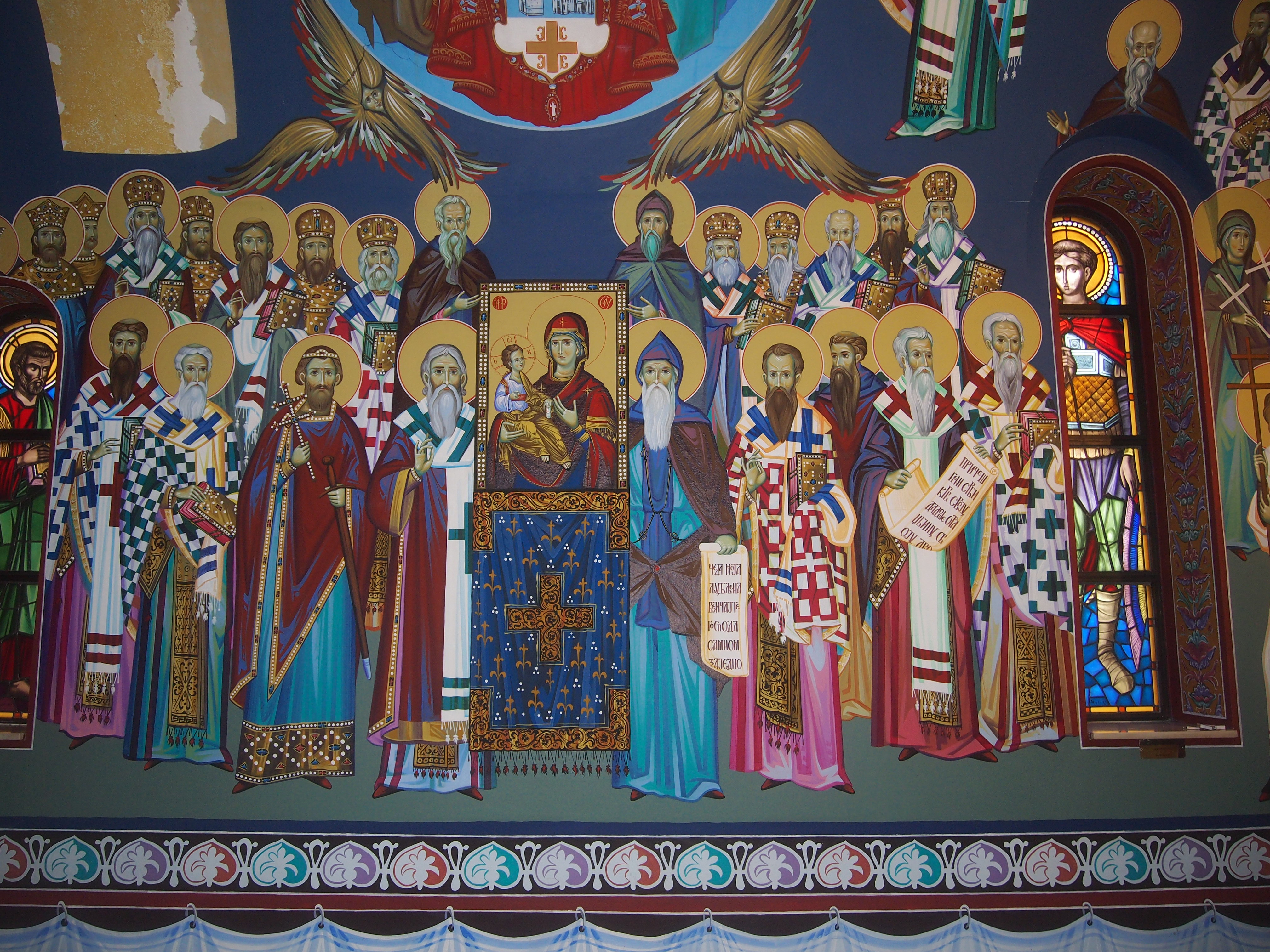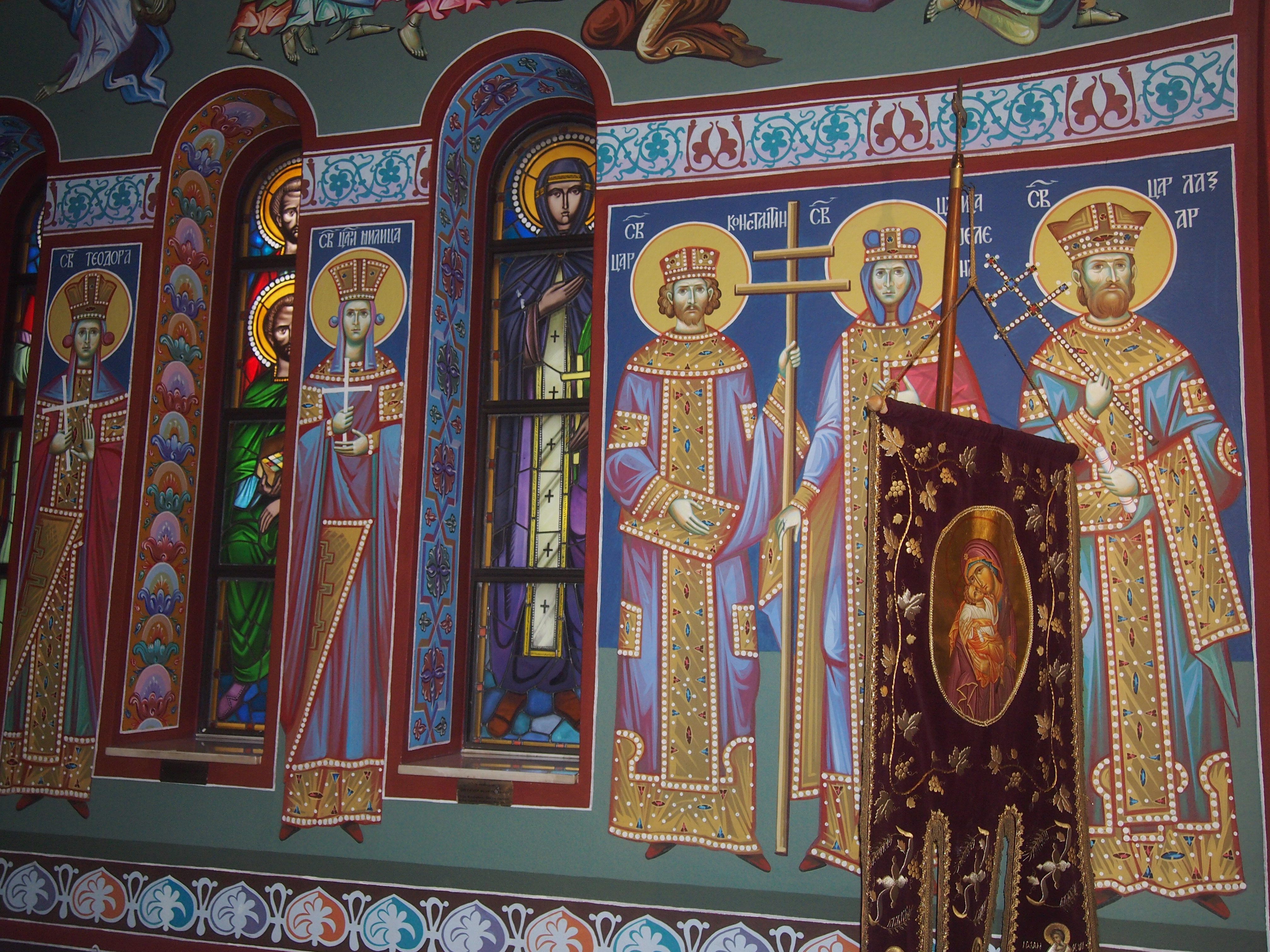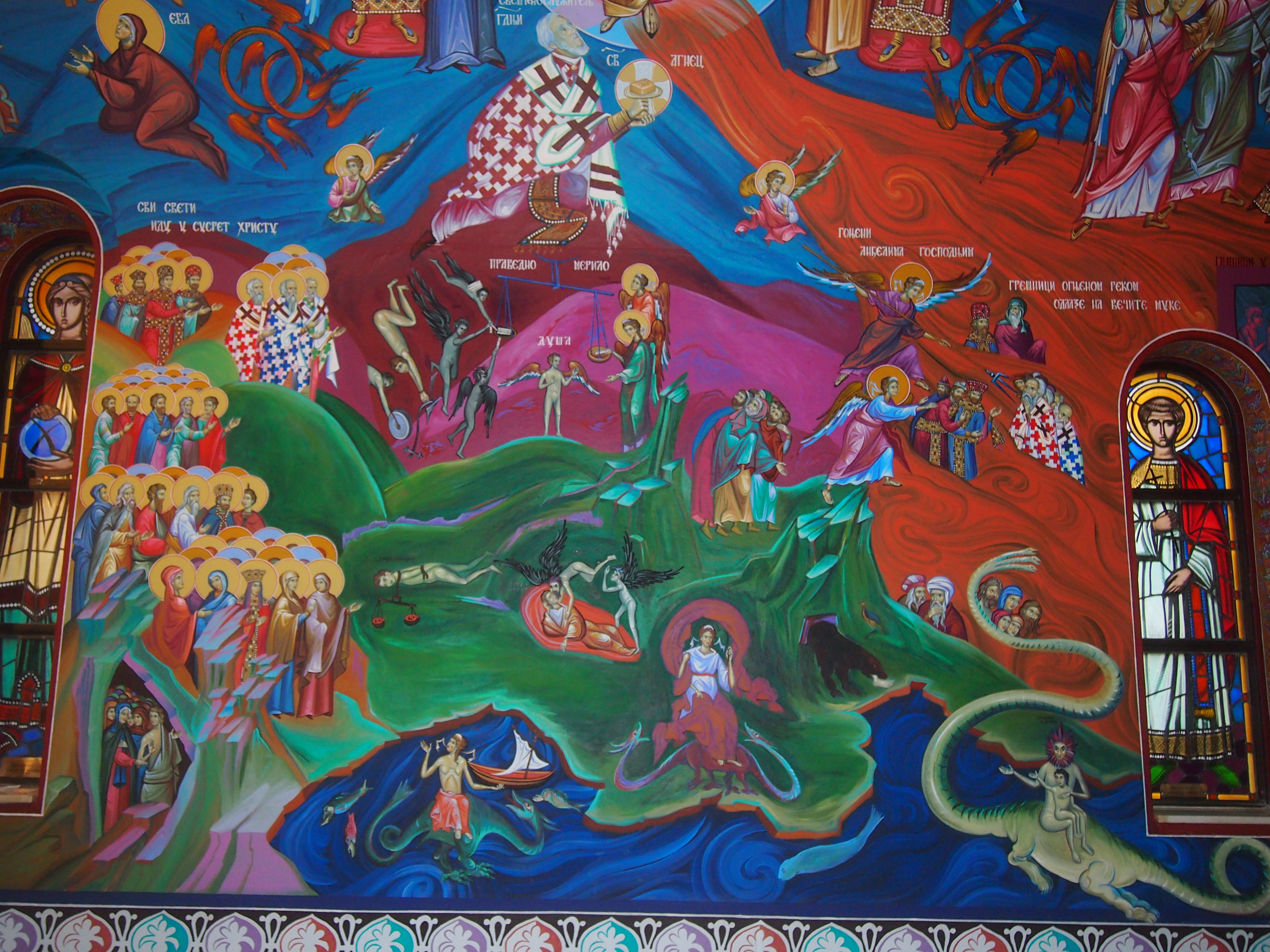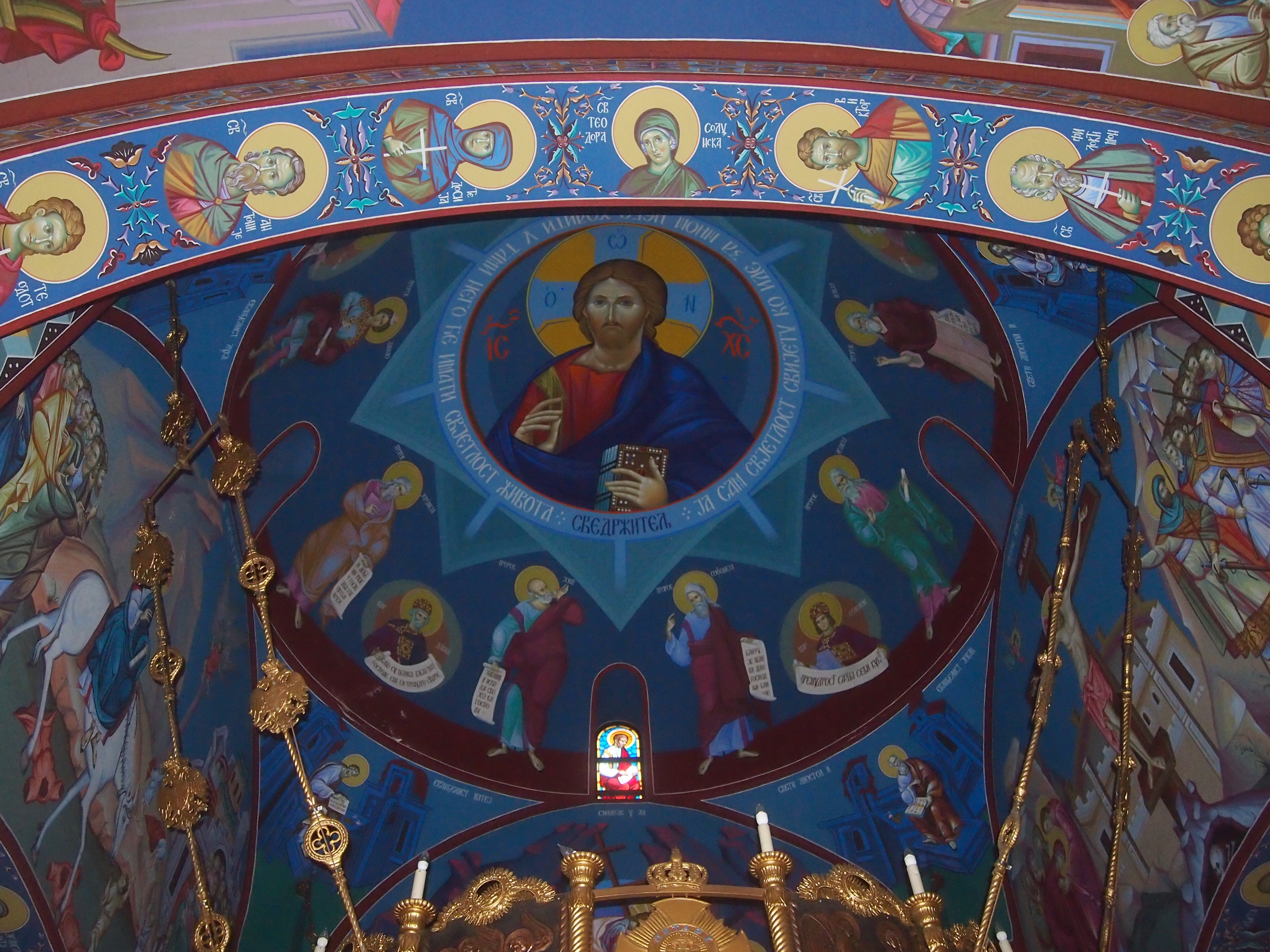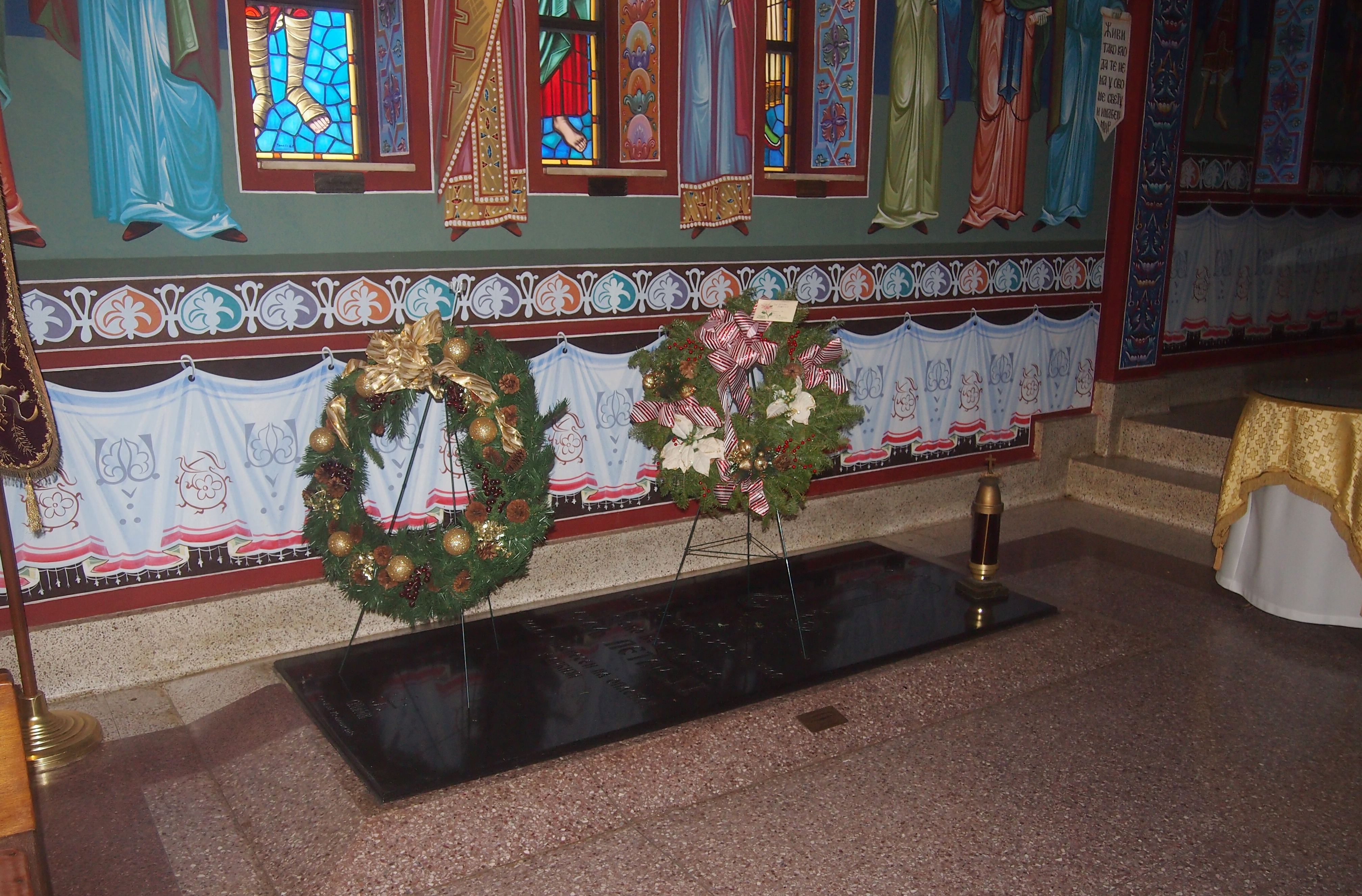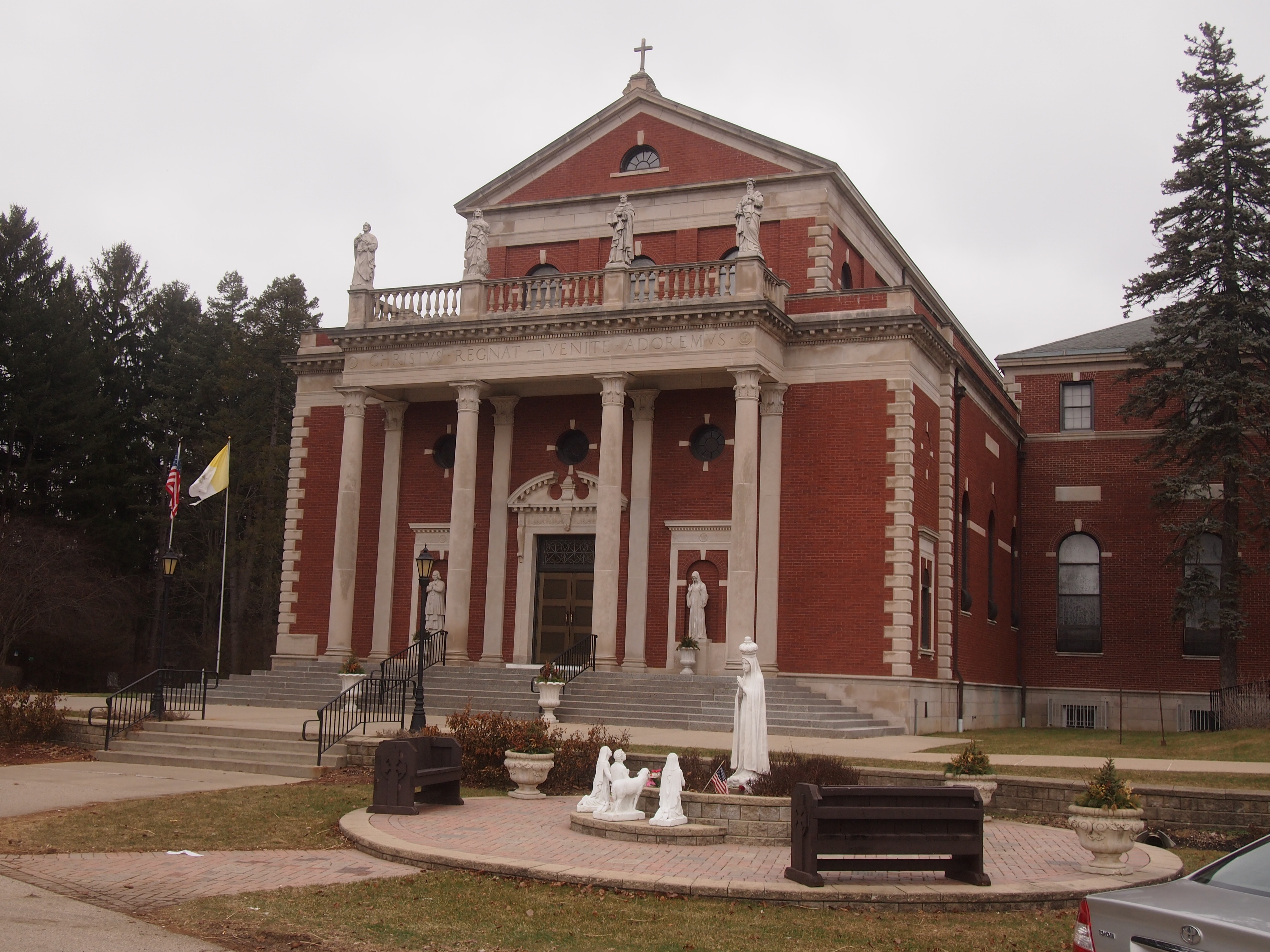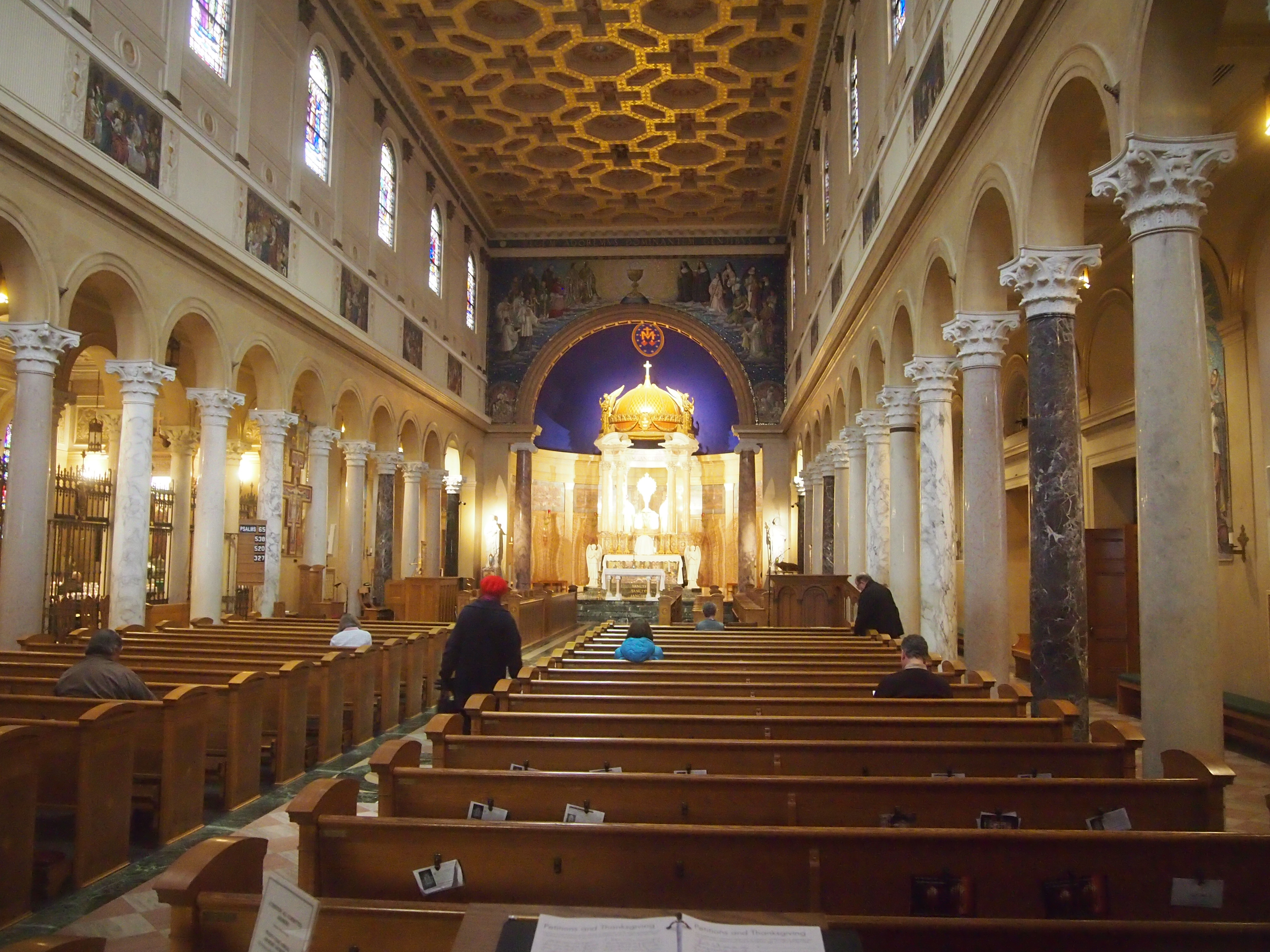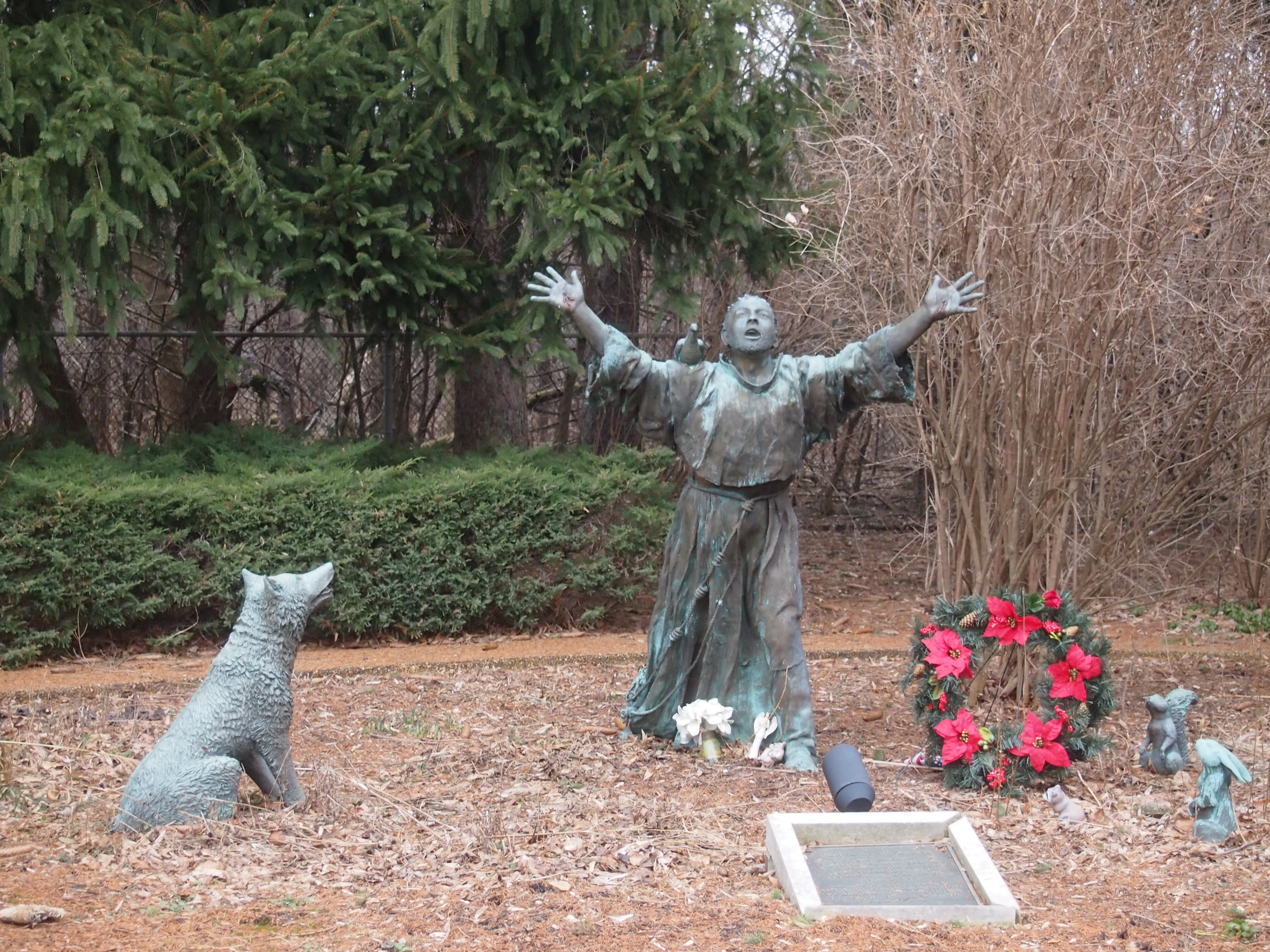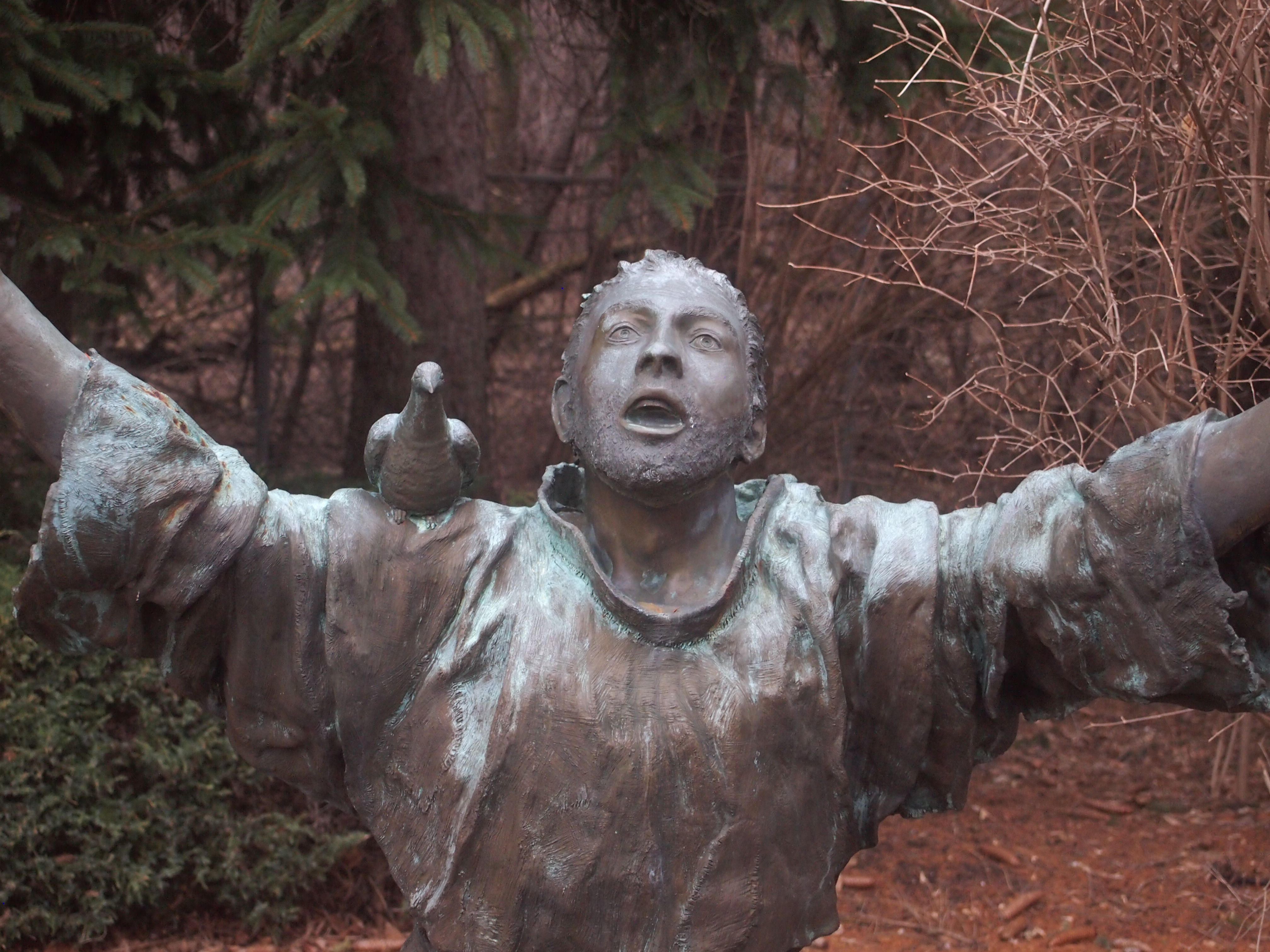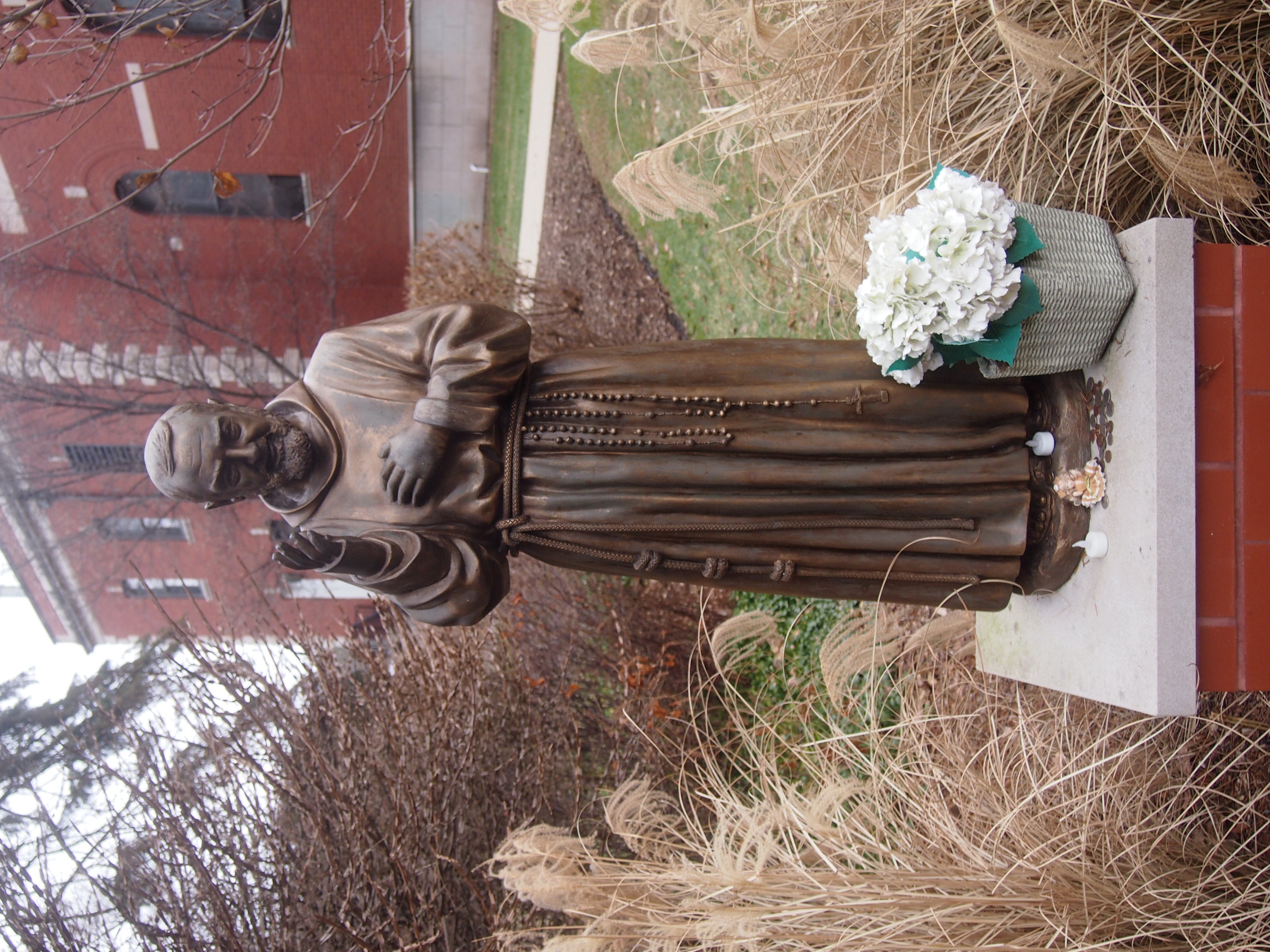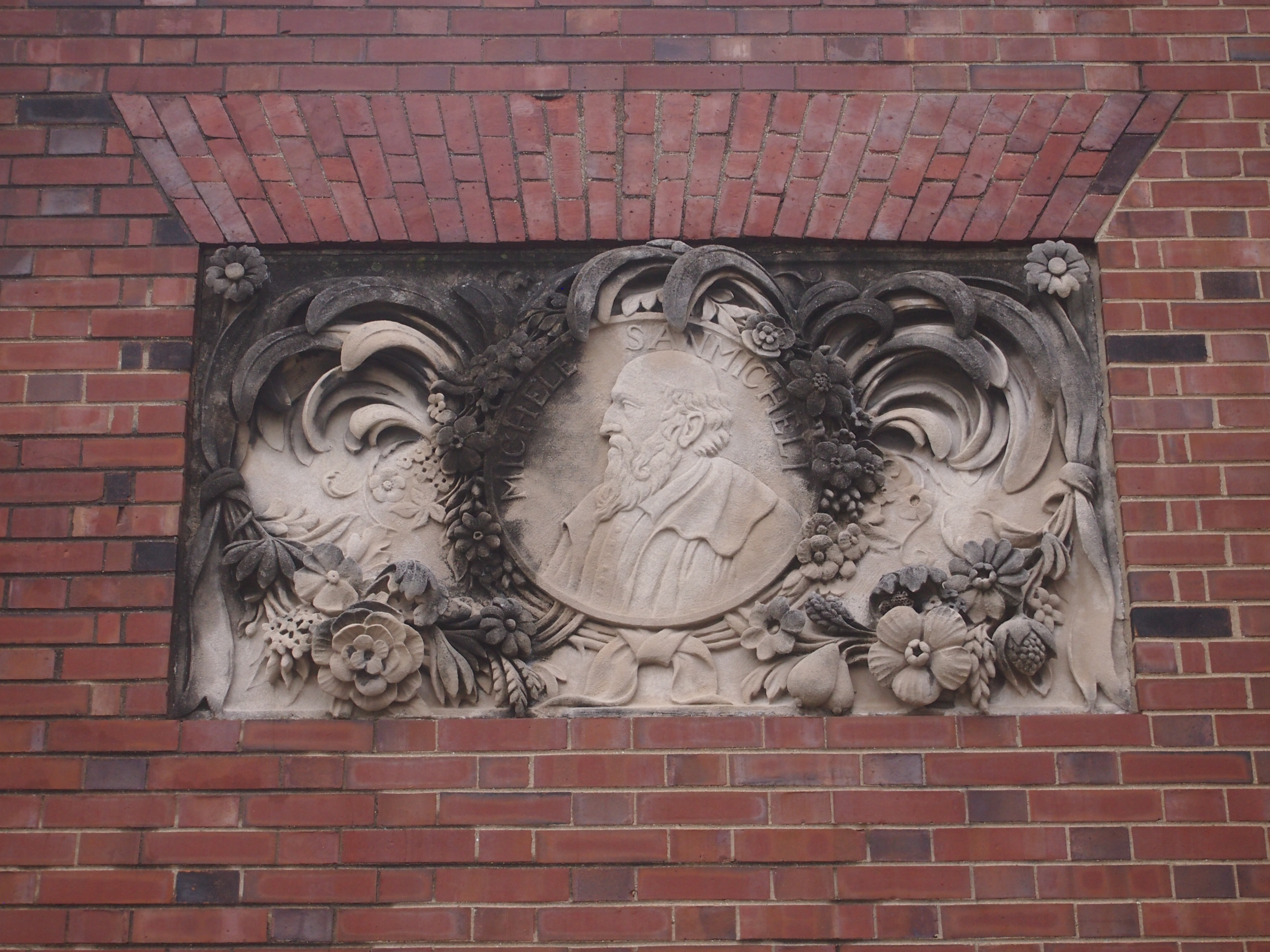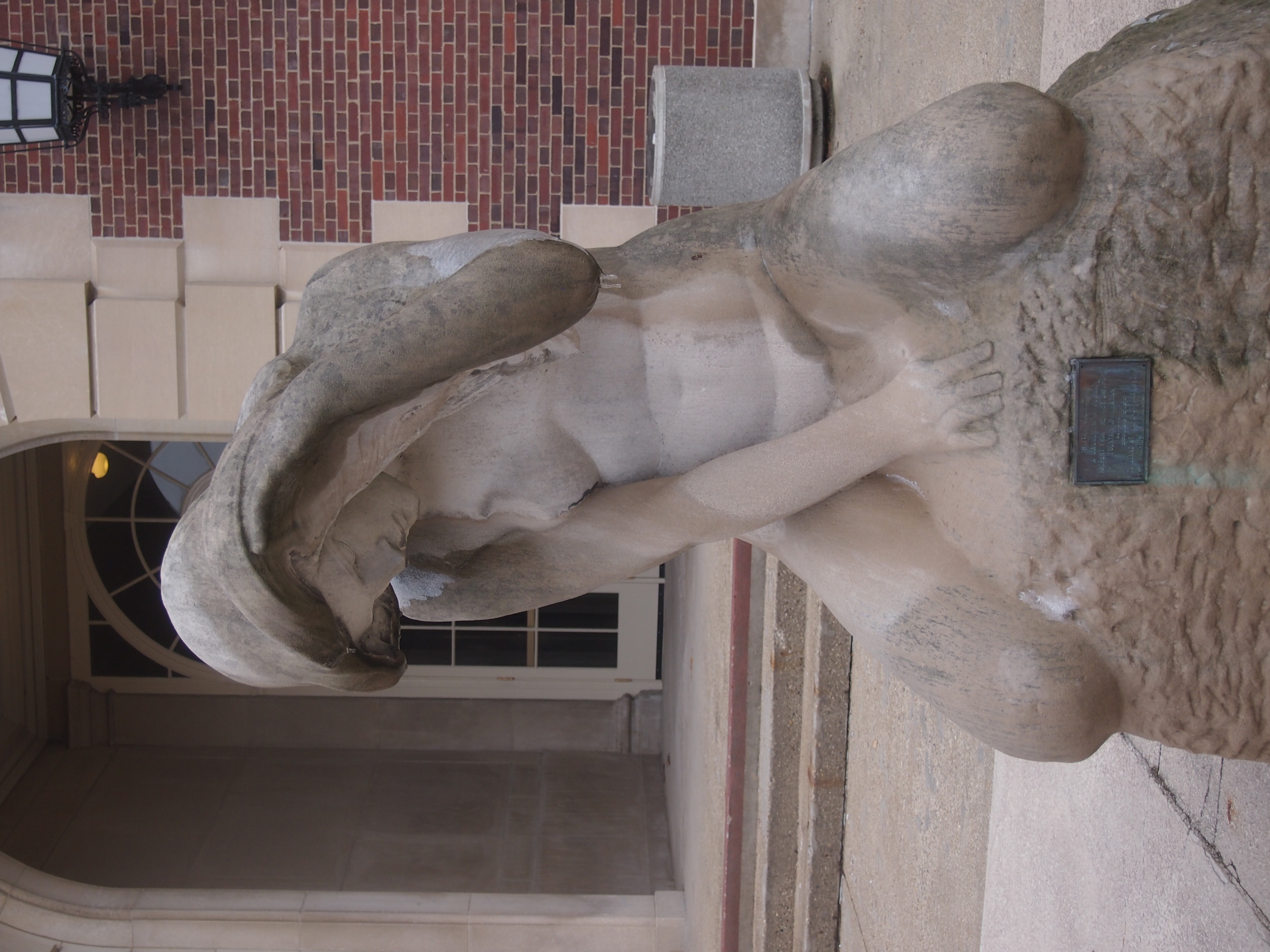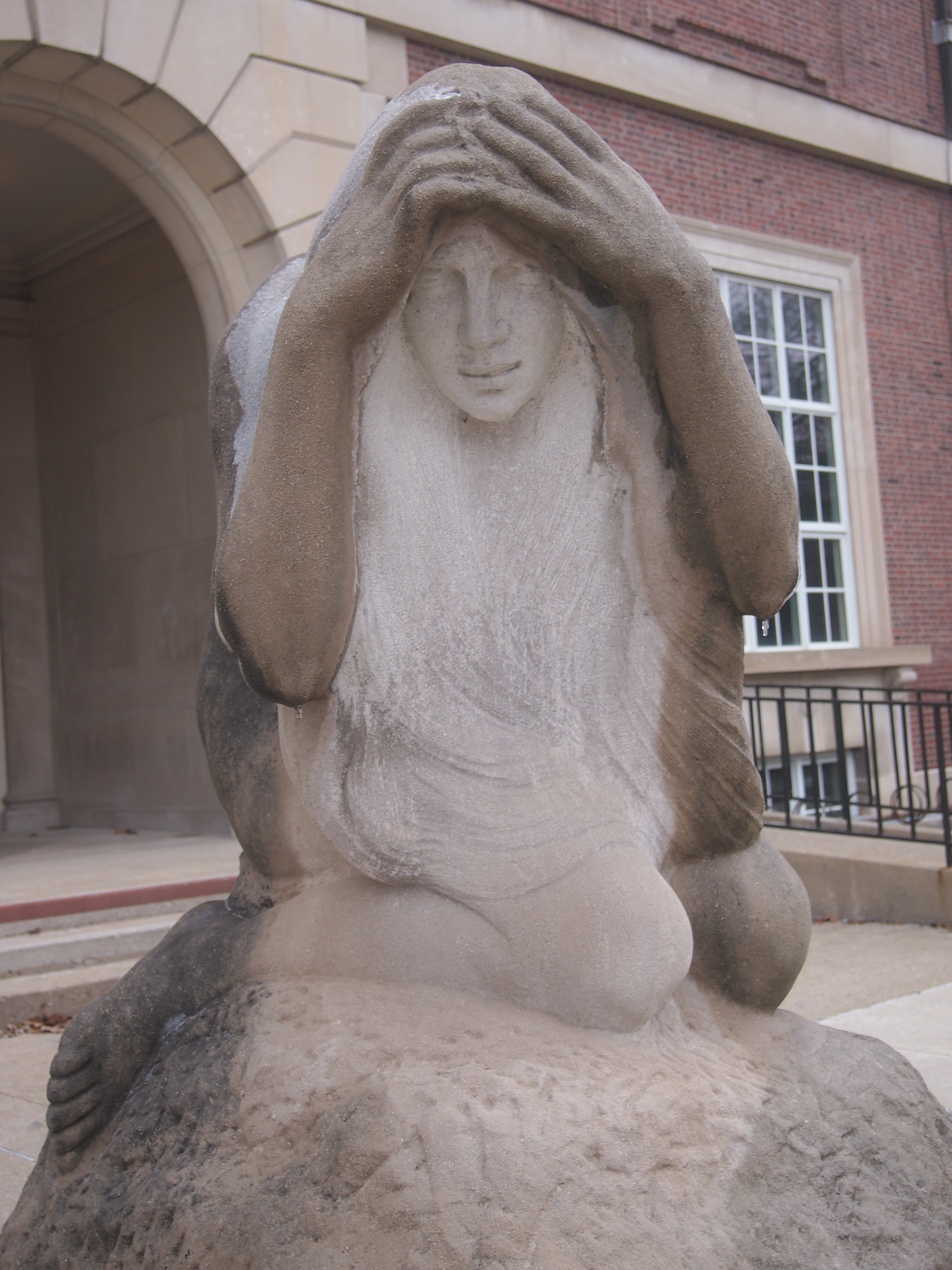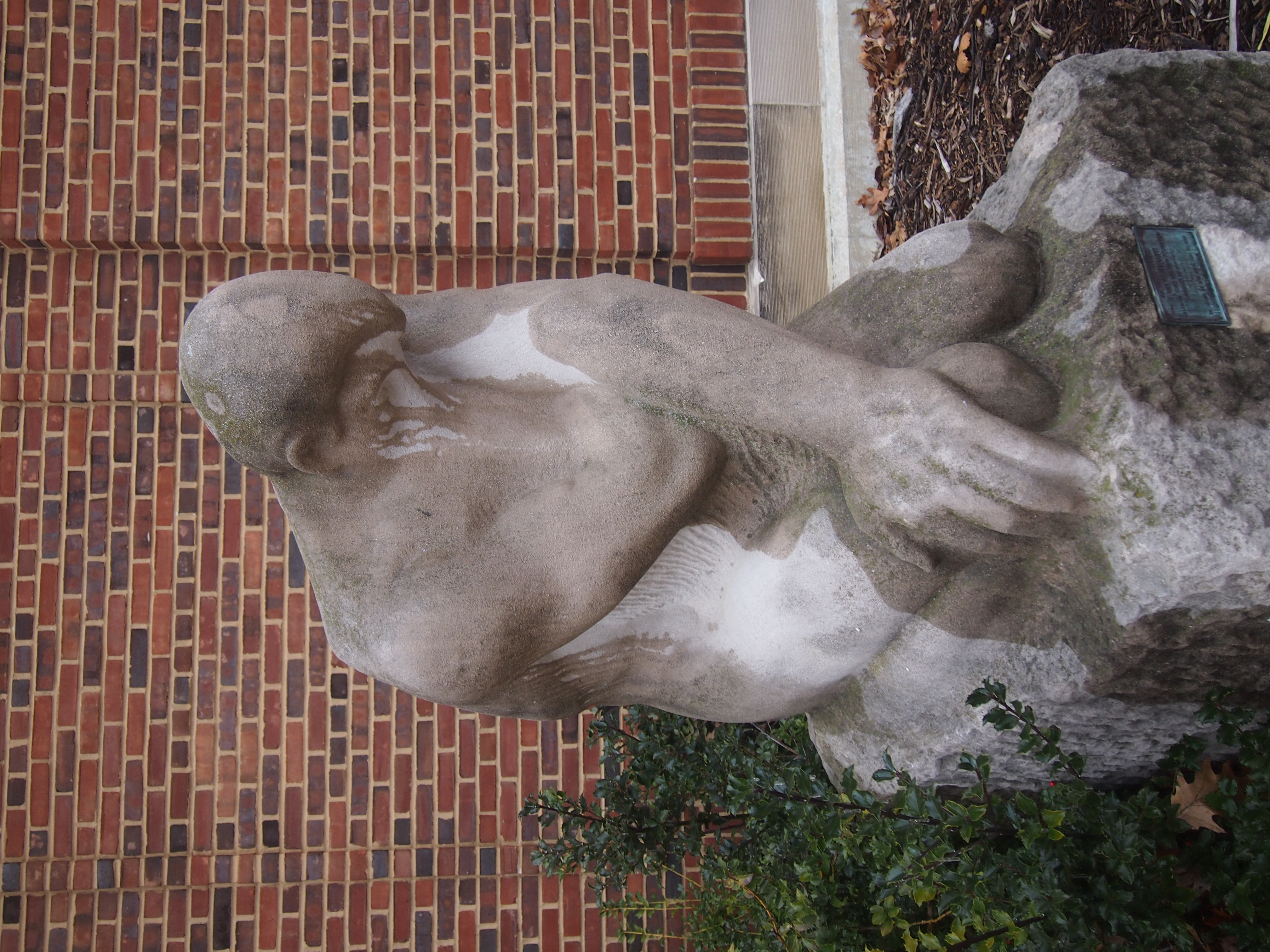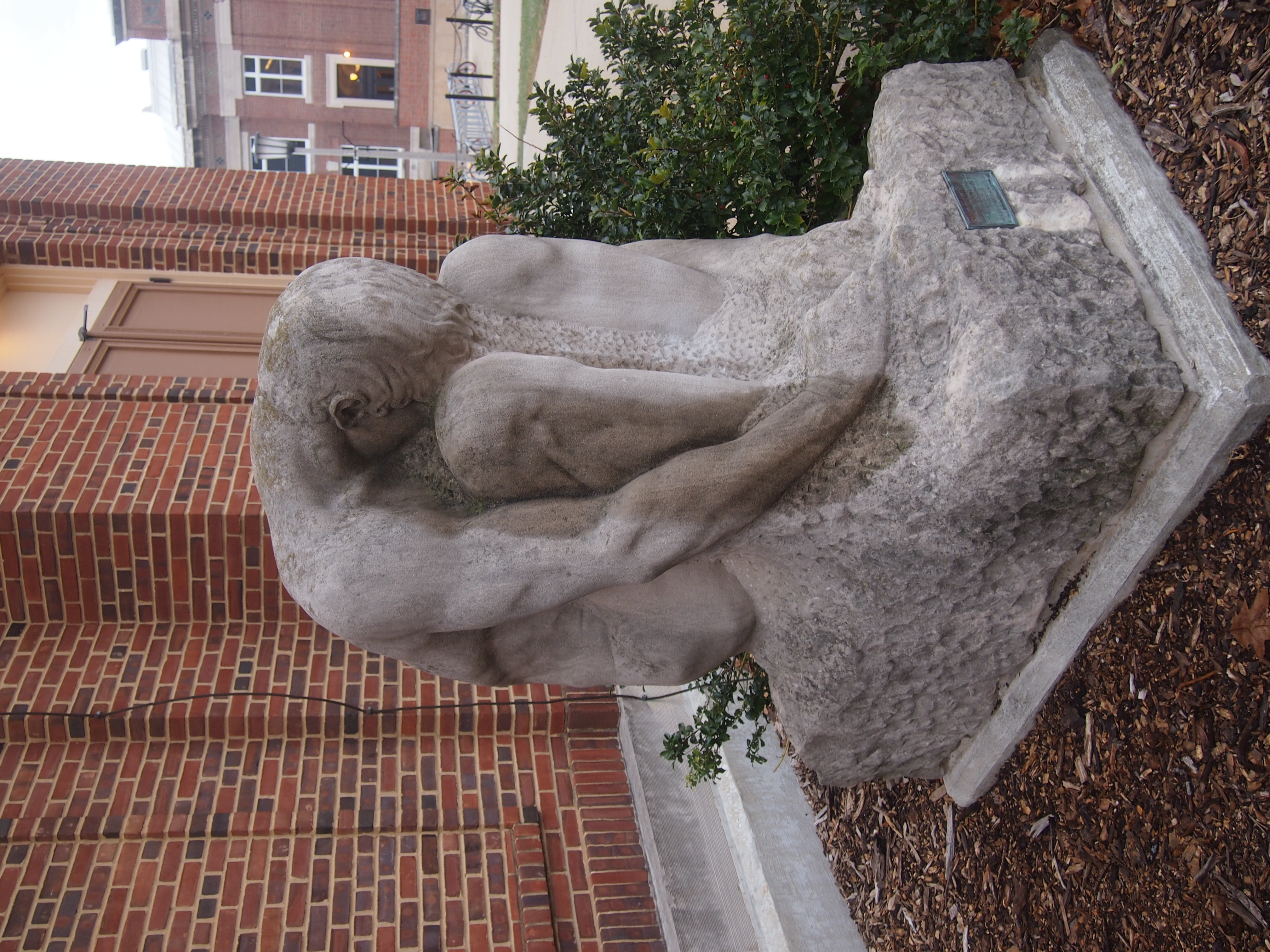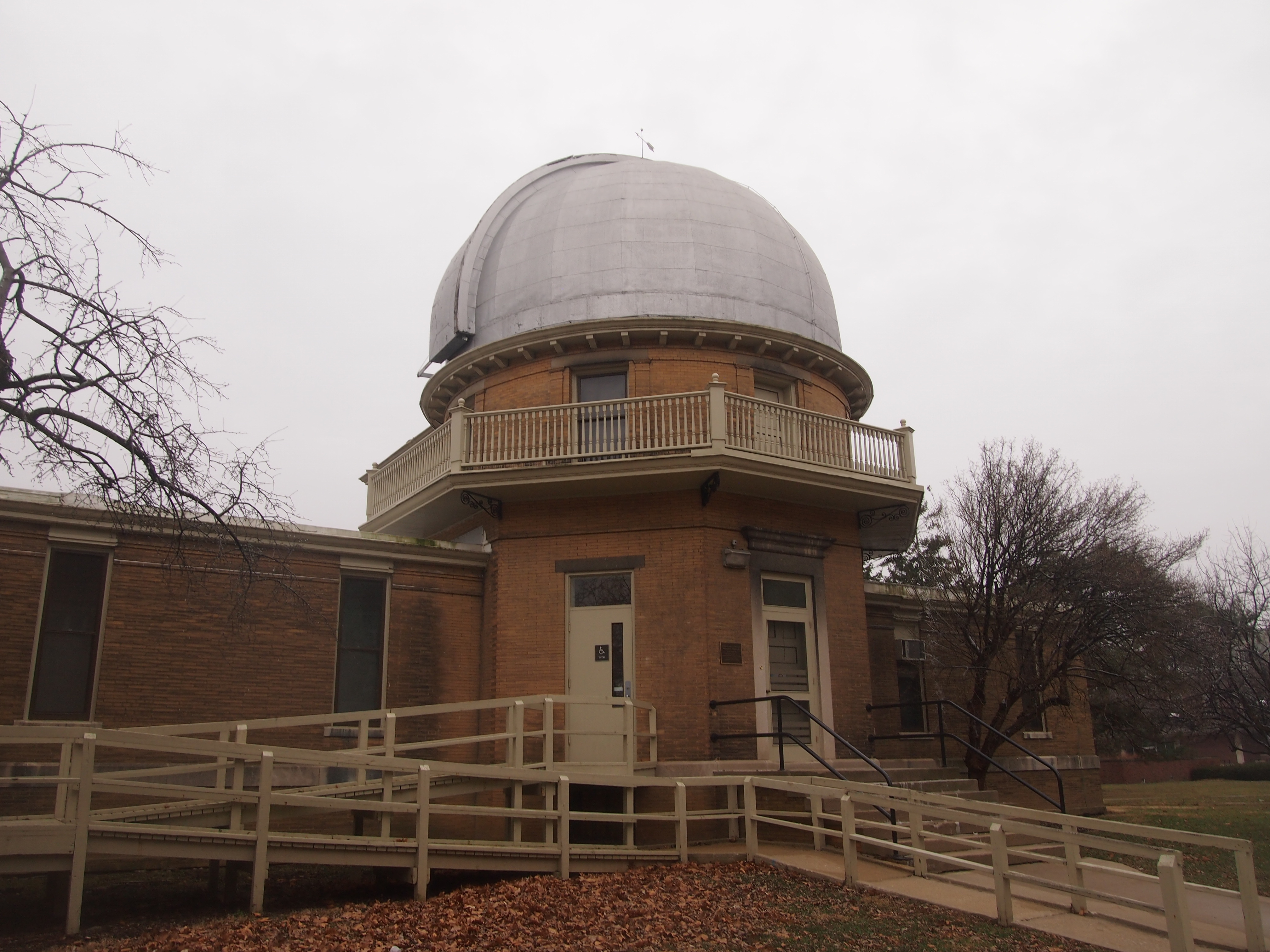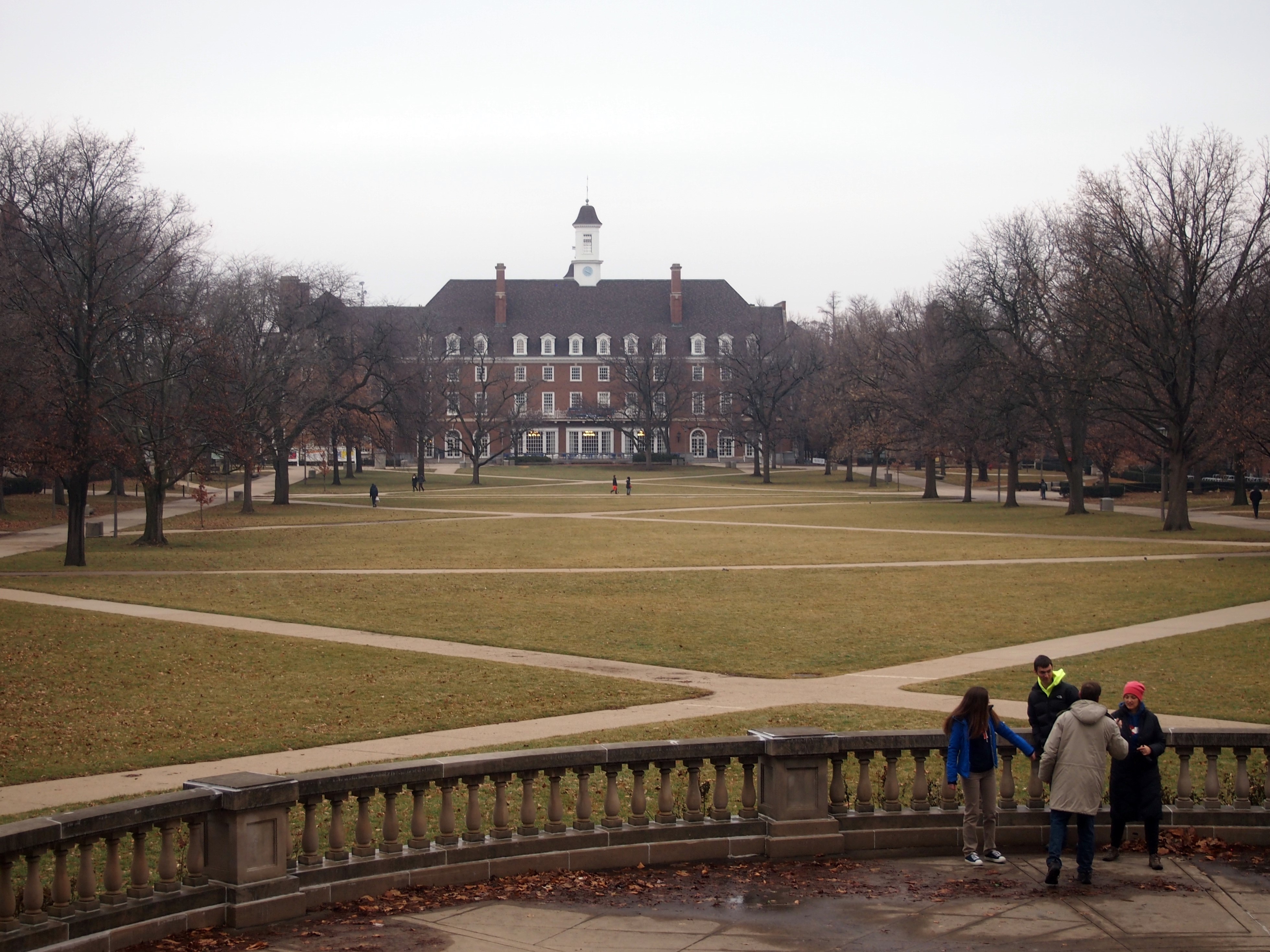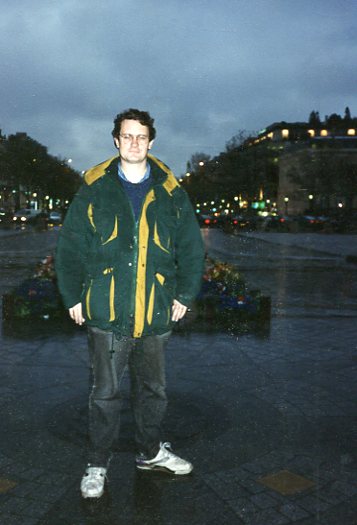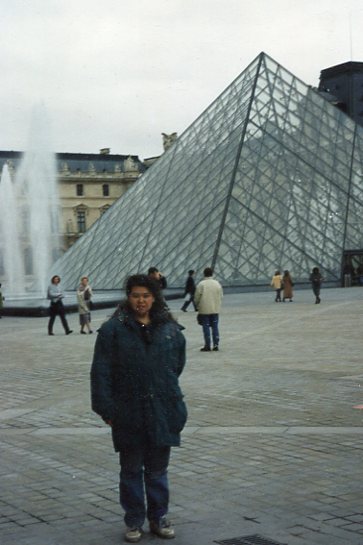What to do after you’ve visited a major cemetery in Philadelphia? Visit a former prison, now a museum. You could, anyway, since they aren’t that far apart, though not comfortable walking distance.
Specifically, you find yourself outside the massive walls of Eastern State Penitentiary, built in the late 1820s as one of the first modern prisons in the United States, and the first of its kind. In its early days, the prison enforced solitary confinement all the time for all the prisoners.
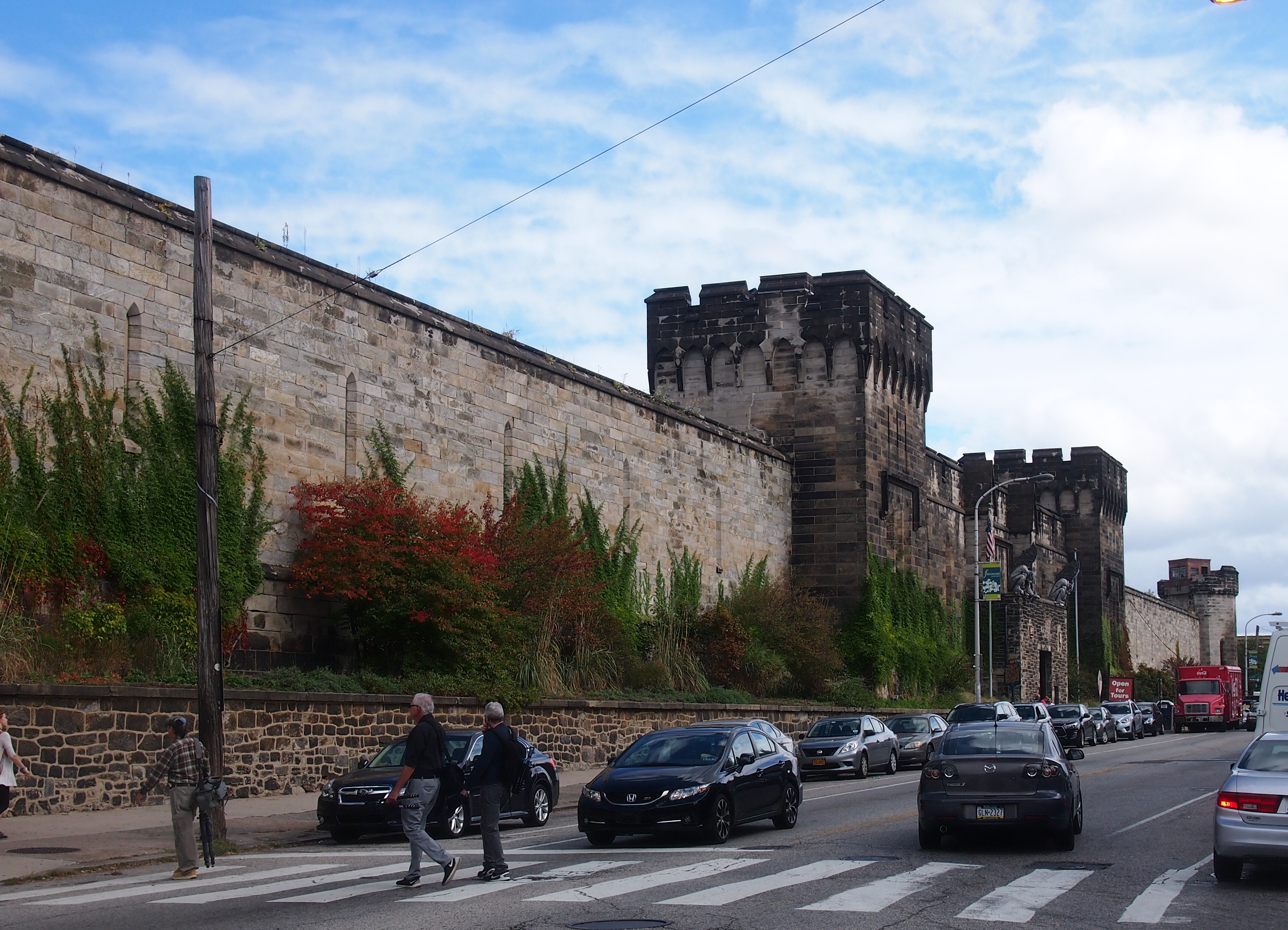
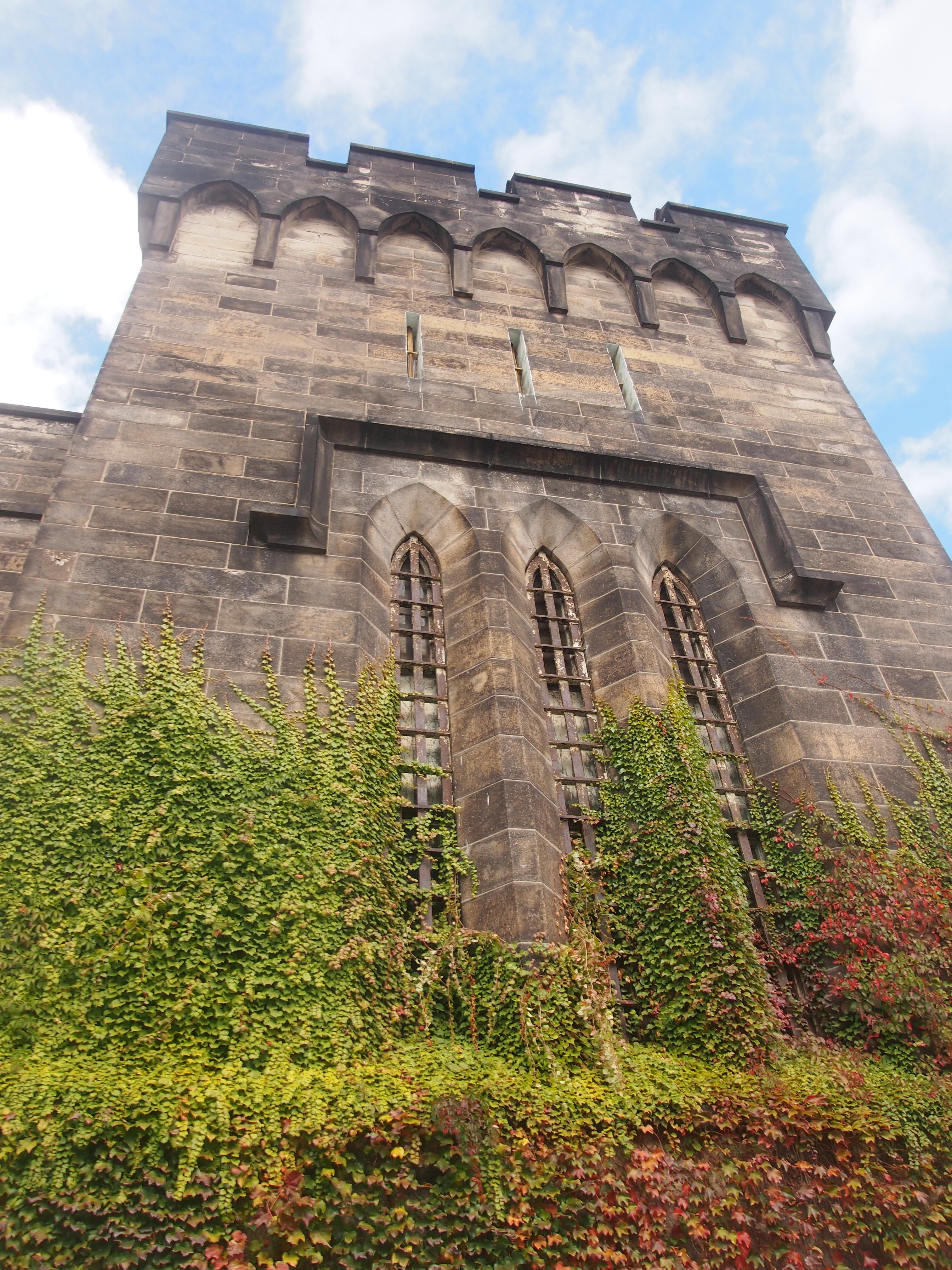 The museum’s web site tells the tale of its development very well: “In 1787, a group of well-known and powerful Philadelphians convened in the home of Benjamin Franklin. The members of The Philadelphia Society for Alleviating the Miseries of Public Prisons expressed growing concern with the conditions in American and European prisons… It took the Society more than thirty years to convince the Commonwealth of Pennsylvania to build the kind of prison it suggested: a revolutionary new building on farmland outside Philadelphia.
The museum’s web site tells the tale of its development very well: “In 1787, a group of well-known and powerful Philadelphians convened in the home of Benjamin Franklin. The members of The Philadelphia Society for Alleviating the Miseries of Public Prisons expressed growing concern with the conditions in American and European prisons… It took the Society more than thirty years to convince the Commonwealth of Pennsylvania to build the kind of prison it suggested: a revolutionary new building on farmland outside Philadelphia.
“Eastern State Penitentiary broke sharply with the prisons of its day, abandoning corporal punishment and ill treatment. This massive new structure, opened in 1829, became one of the most expensive American buildings of its day and soon the most famous prison in the world. The Penitentiary would not simply punish, but move the criminal toward spiritual reflection and change. The method was a Quaker-inspired system of isolation from other prisoners, with labor…. proponents of the system believed strongly that the criminals, exposed, in silence, to thoughts of their behavior and the ugliness of their crimes, would become genuinely penitent. Thus the new word, penitentiary.”
Eventually — though it took a long time to abandon the system, as usual with institutional change — the practice of all solitary was abandoned when it became clear that solitary confinement all the time drove a lot of prisoners nuts. Guess that counts as an example of good intentions paving the road to Hell.
Eastern State’s massive walls form a square, the idea of which was to look as scary as possible from the outside, to deter criminal urges among those still outside (I doubt that that worked, either). Inside, the British-born architect John Haviland’s design included “seven cellblocks [that] radiate from a central surveillance rotunda,” explains the museum web site.
In our time, a number of the cellblocks have been partly restored to an earlier look.
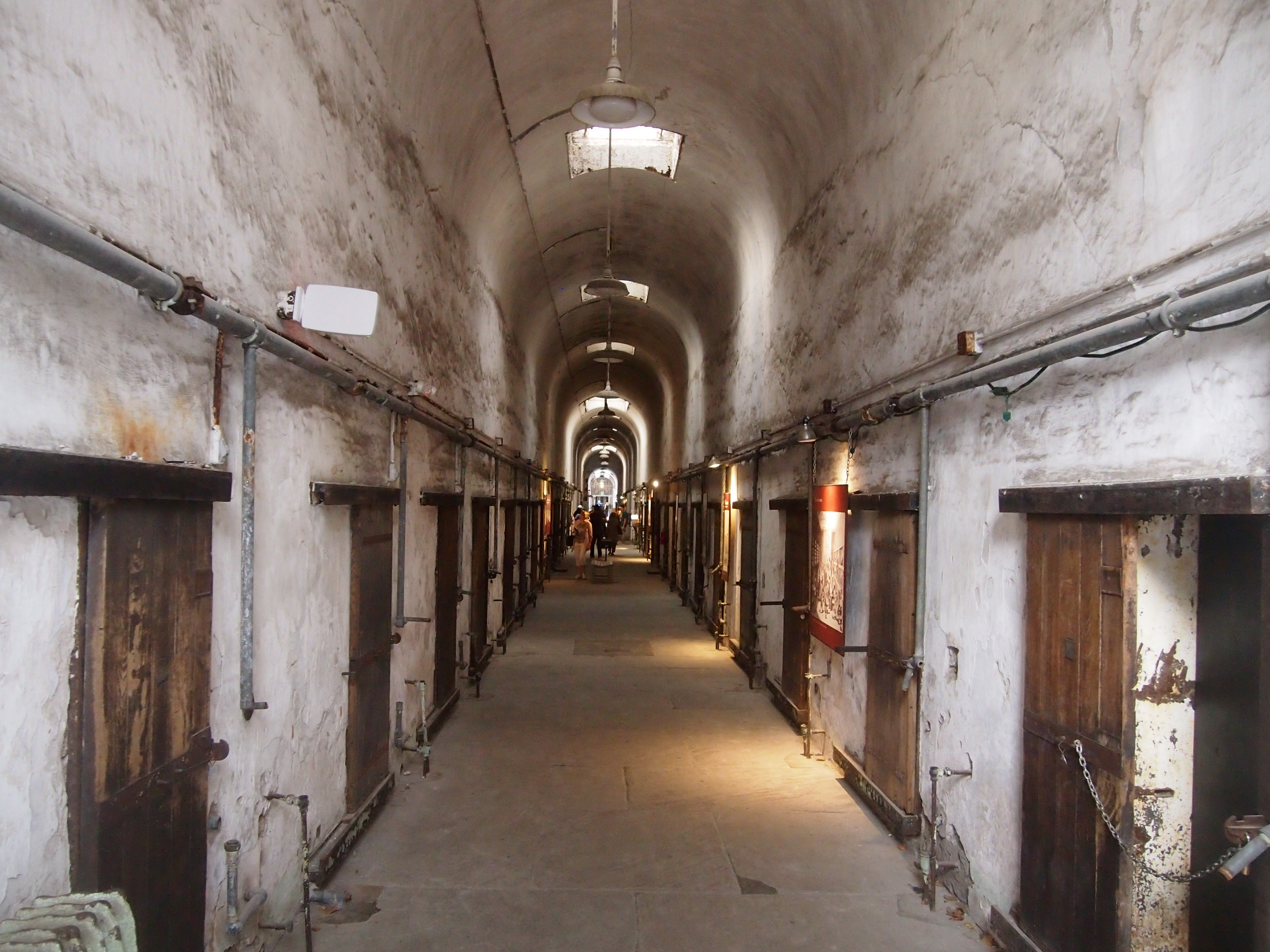 Not quite the original look, since at first the hallways’ only connection to the cells were through slots through which food was passed. “Haviland’s ambitious mechanical innovations placed each prisoner had his or her own private cell, centrally heated, with running water, a flush toilet, and a skylight. Adjacent to the cell was a private outdoor exercise yard contained by a ten-foot wall,” the prison says.
Not quite the original look, since at first the hallways’ only connection to the cells were through slots through which food was passed. “Haviland’s ambitious mechanical innovations placed each prisoner had his or her own private cell, centrally heated, with running water, a flush toilet, and a skylight. Adjacent to the cell was a private outdoor exercise yard contained by a ten-foot wall,” the prison says.
That wall had the only door, which of course was locked all the time. “In the vaulted, skylit cell, the prisoner had only the light from heaven, the word of God (the Bible) and honest work (shoemaking, weaving, and the like) to lead to penitence,” continues the web site. “In striking contrast to the Gothic exterior, Haviland used the grand architectural vocabulary of churches on the interior. He employed 30-foot, barrel vaulted hallways, tall arched windows, and skylights throughout. He wrote of the Penitentiary as a forced monastery, a machine for reform. ”
Later, Eastern State became more of a standard 20th-century prison, closer to the New York system, rather than the Pennsylvania system pioneered at Eastern State, finally closing in 1970. Hallway doors were added.

New cellblocks were also added, including a few two-story ones.
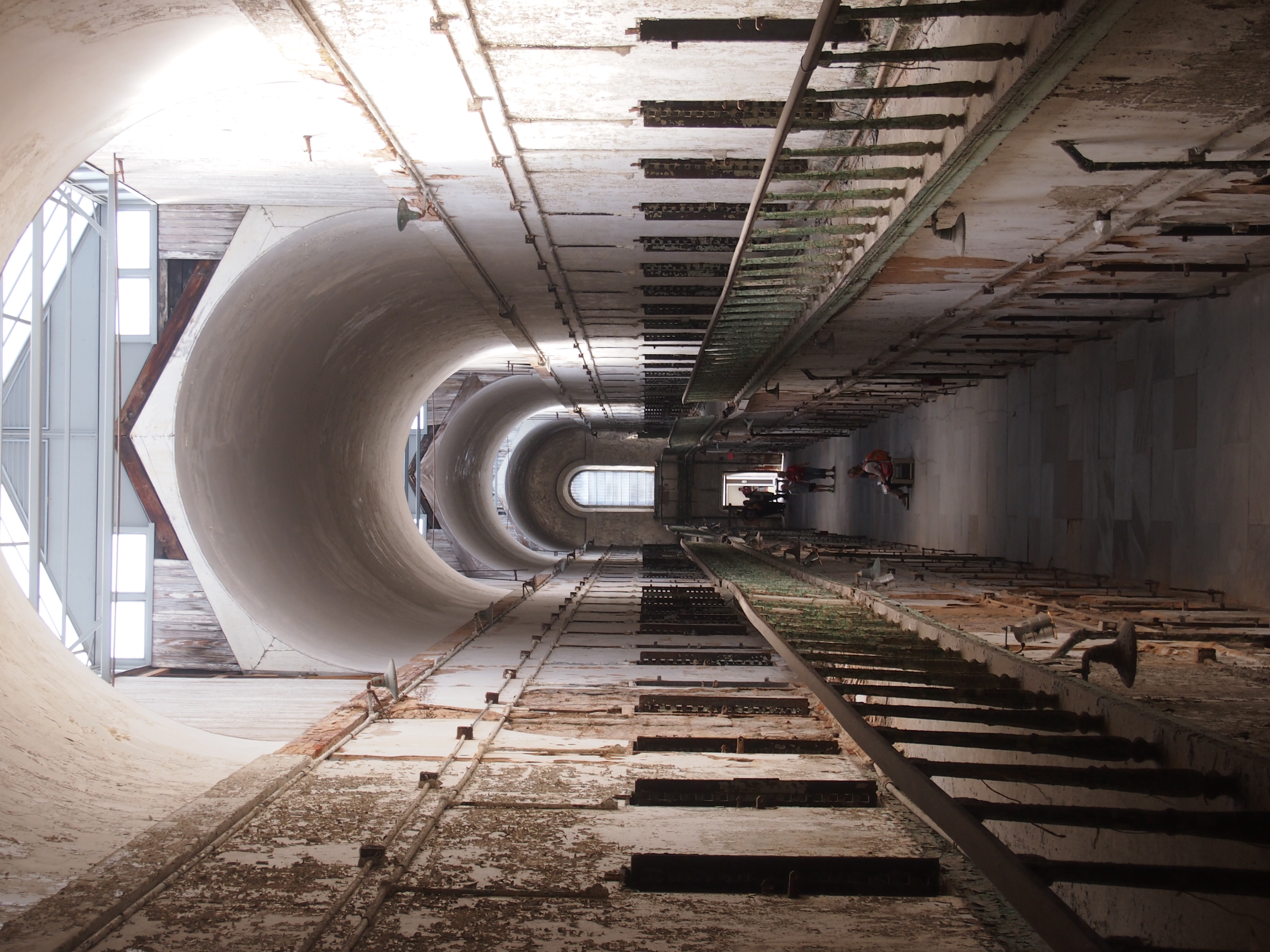
Some cells are open. Many of the cells are unrestored, containing debris of various kinds.
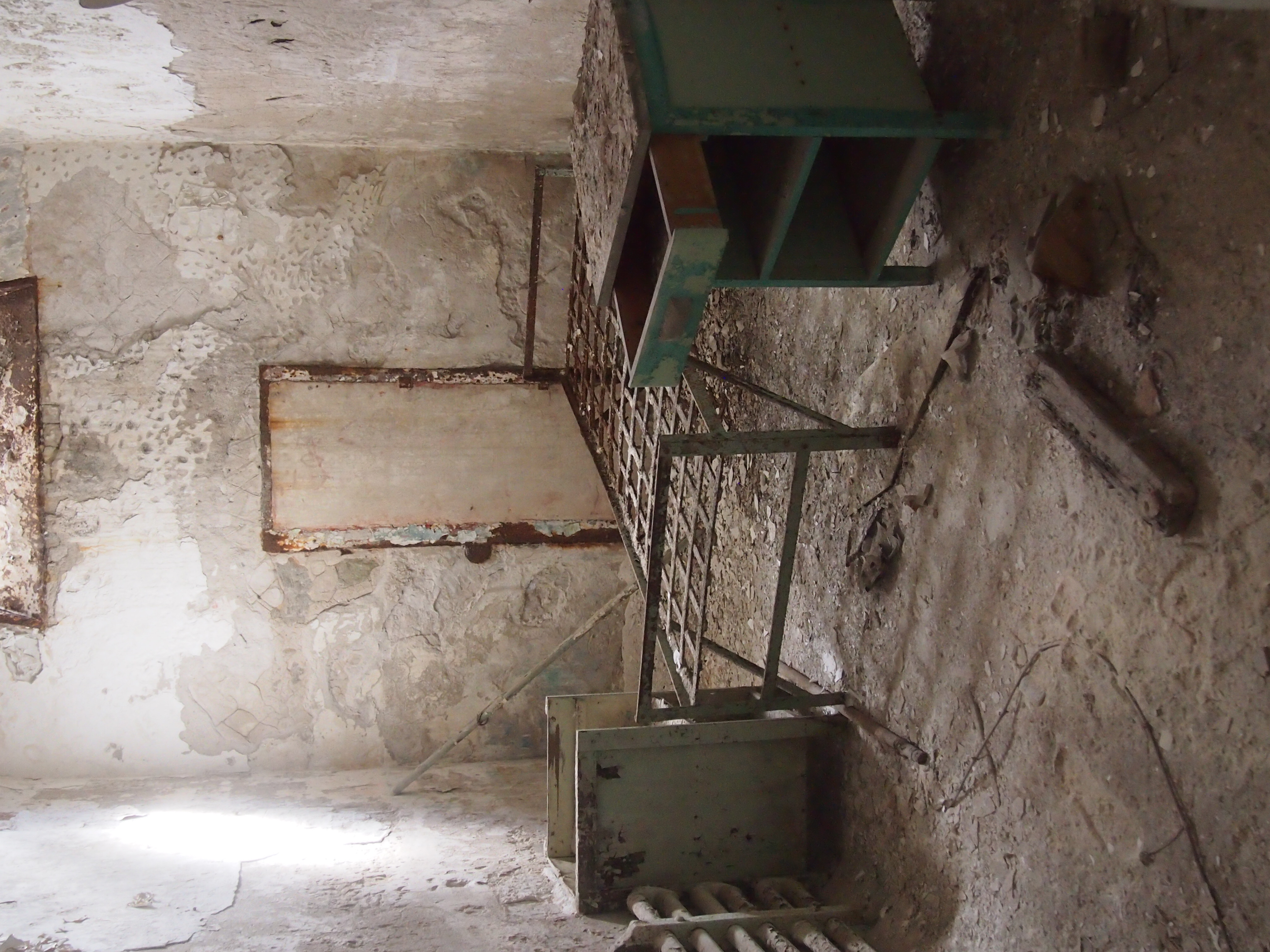
A few are more-or-less restored. The urge to take selfies doesn’t seem to go away just because the setting is a prison ruin.
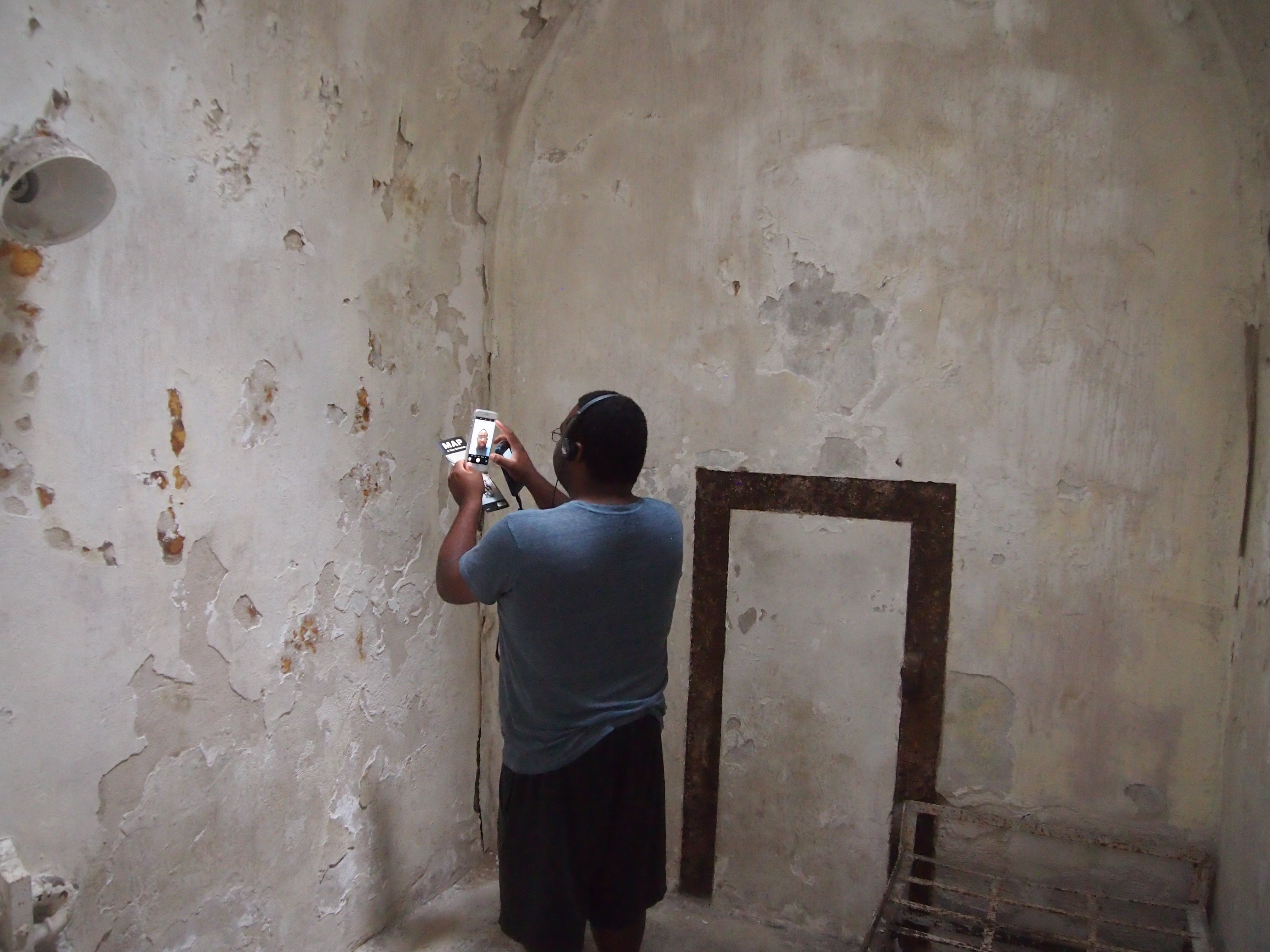 Note that the fellow in the picture is wearing earphones. Part of the price of admission — not an extra — was the loan of an mp3 player and some earphones. Wearing them, you went to various stations and listened to narration about the prison by actor Steve Buscemi. He had a good voice for the text, which was well-written and informative. Adding an extra layer of interest: some of the segments also included interviews (perhaps done some years ago) of both inmates and guards at the prison in the 20th century.
Note that the fellow in the picture is wearing earphones. Part of the price of admission — not an extra — was the loan of an mp3 player and some earphones. Wearing them, you went to various stations and listened to narration about the prison by actor Steve Buscemi. He had a good voice for the text, which was well-written and informative. Adding an extra layer of interest: some of the segments also included interviews (perhaps done some years ago) of both inmates and guards at the prison in the 20th century.
The museum featured a number of other restorations, such as a barber shop, the exercise yard, hospital, and (surprisingly) a synagogue. The museum couldn’t resist re-creating Al Capone’s cell, and I couldn’t resist taking a picture of it.
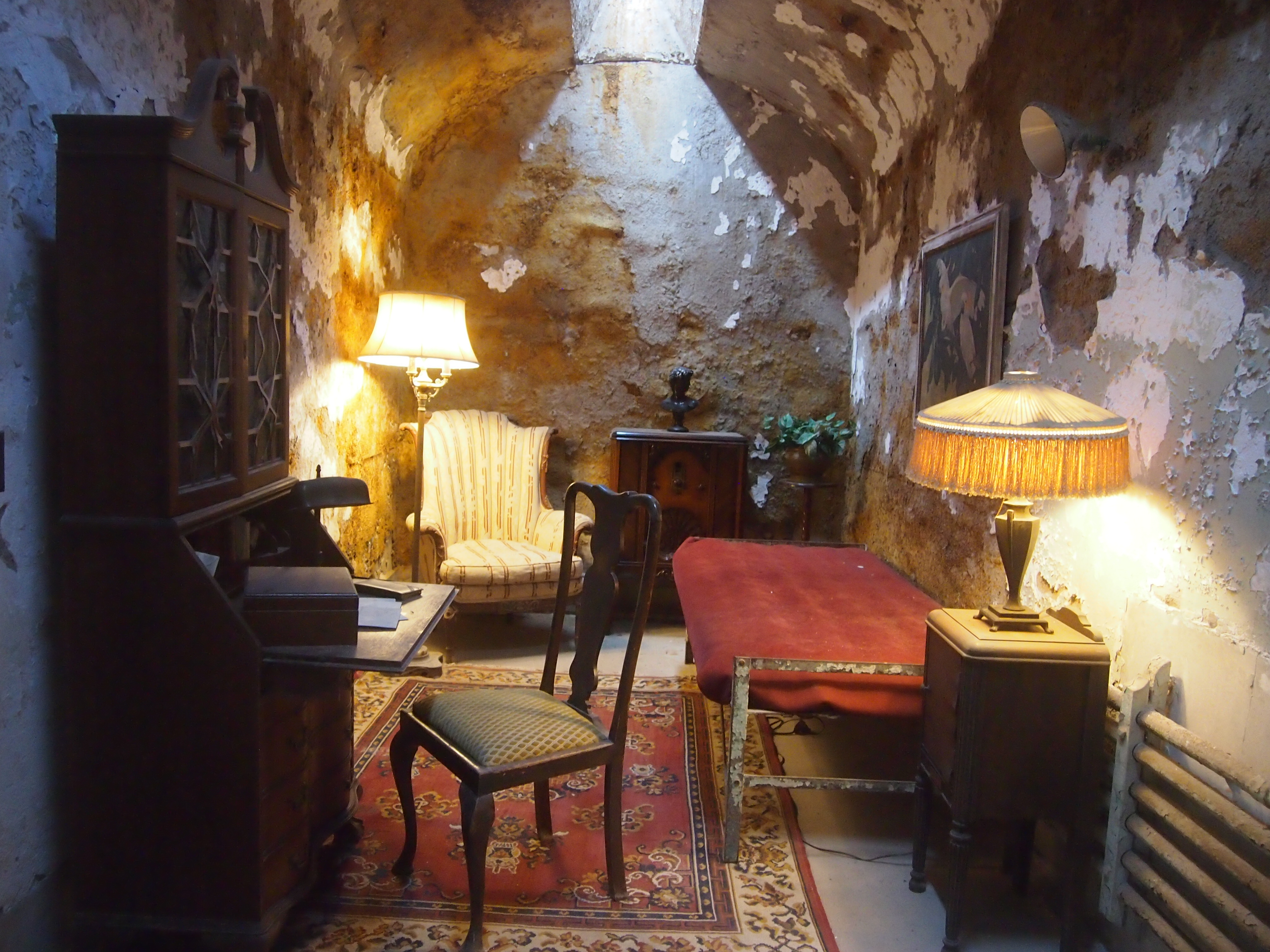 There are about a dozen artists’ installations in the museum, most of which occupy single cells in various parts of the prison. I found this one, “Other Absences,” the most compelling.
There are about a dozen artists’ installations in the museum, most of which occupy single cells in various parts of the prison. I found this one, “Other Absences,” the most compelling.
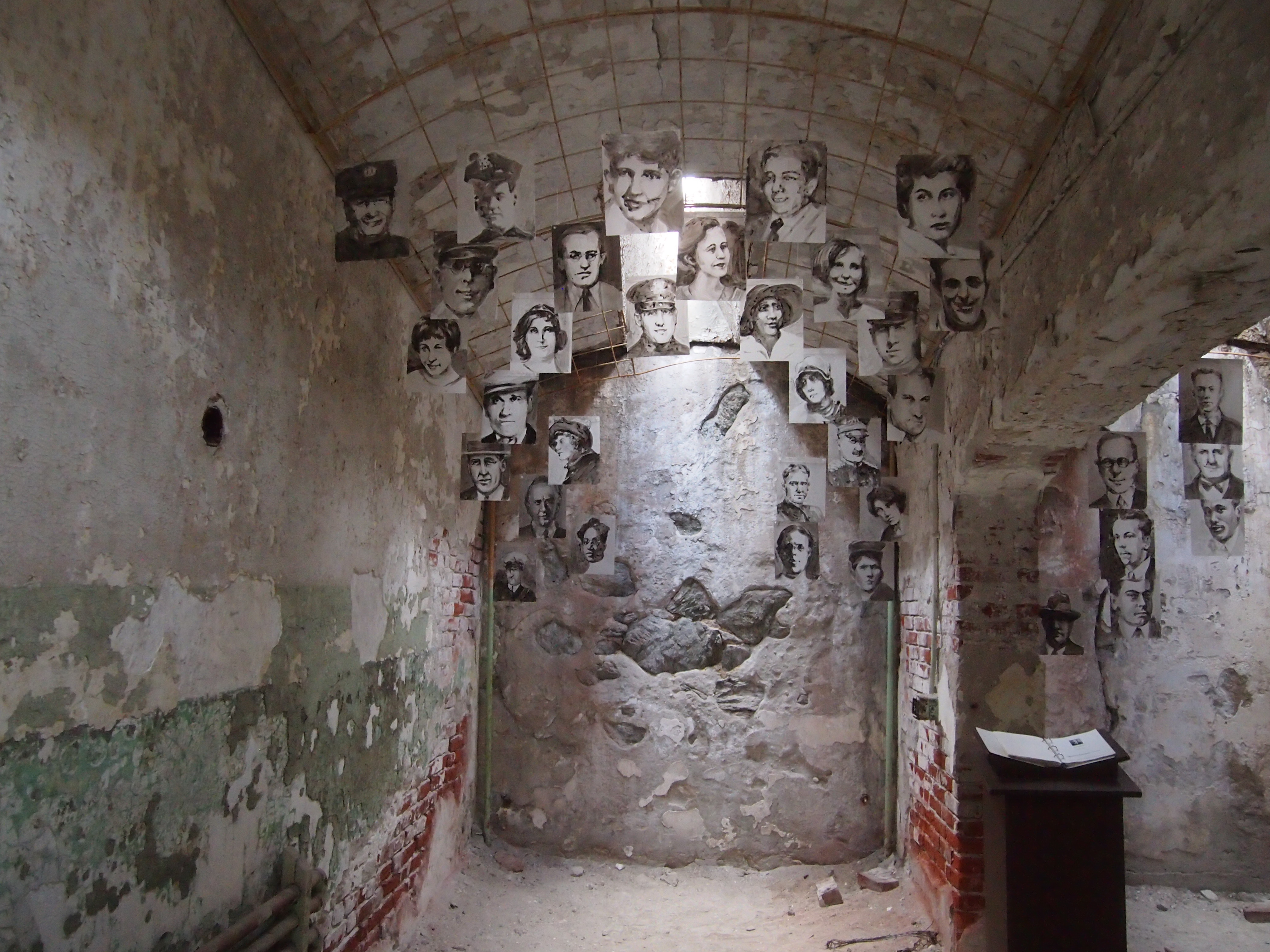 Artist Cindy Stockton Moore’s web site says she created “fifty portraits of murder victims. The paintings, created with loose ink washes on translucent mylar, depict men, women and children whose deaths were attributed to those incarcerated at Eastern State Penitentiary.” That’s good. The prisoners shouldn’t get all of the attention.
Artist Cindy Stockton Moore’s web site says she created “fifty portraits of murder victims. The paintings, created with loose ink washes on translucent mylar, depict men, women and children whose deaths were attributed to those incarcerated at Eastern State Penitentiary.” That’s good. The prisoners shouldn’t get all of the attention.
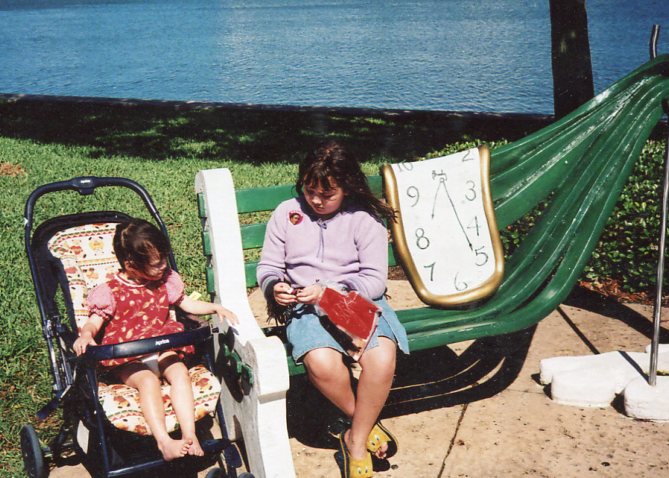 I didn’t realize until I read more about the place today that the Dali has been in a new building since 2011, and apparently the bench was moved to be near the new structure. I don’t remember whether the giant Dali mustache was there in ’05. You’d think I’d remember a thing like that, but memory is a eccentric thief, taking things you’d never expect.
I didn’t realize until I read more about the place today that the Dali has been in a new building since 2011, and apparently the bench was moved to be near the new structure. I don’t remember whether the giant Dali mustache was there in ’05. You’d think I’d remember a thing like that, but memory is a eccentric thief, taking things you’d never expect.